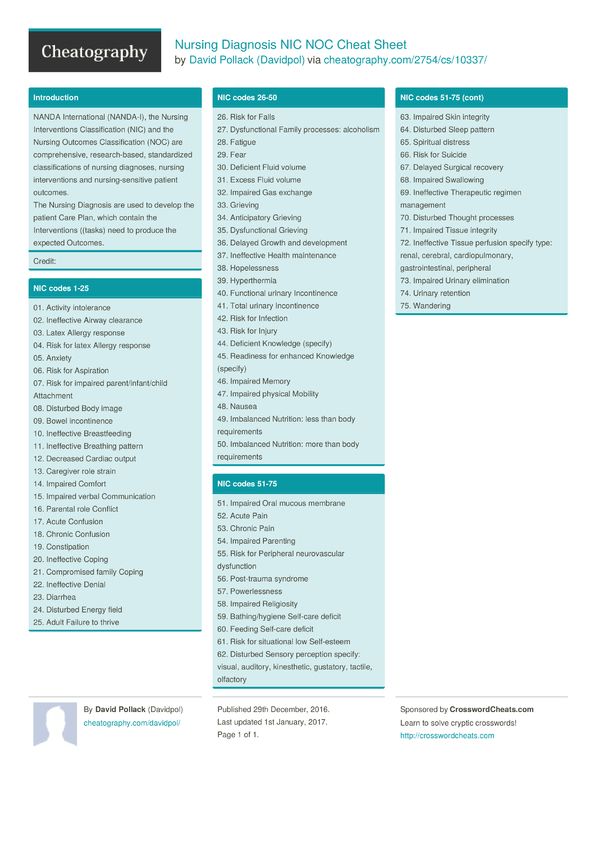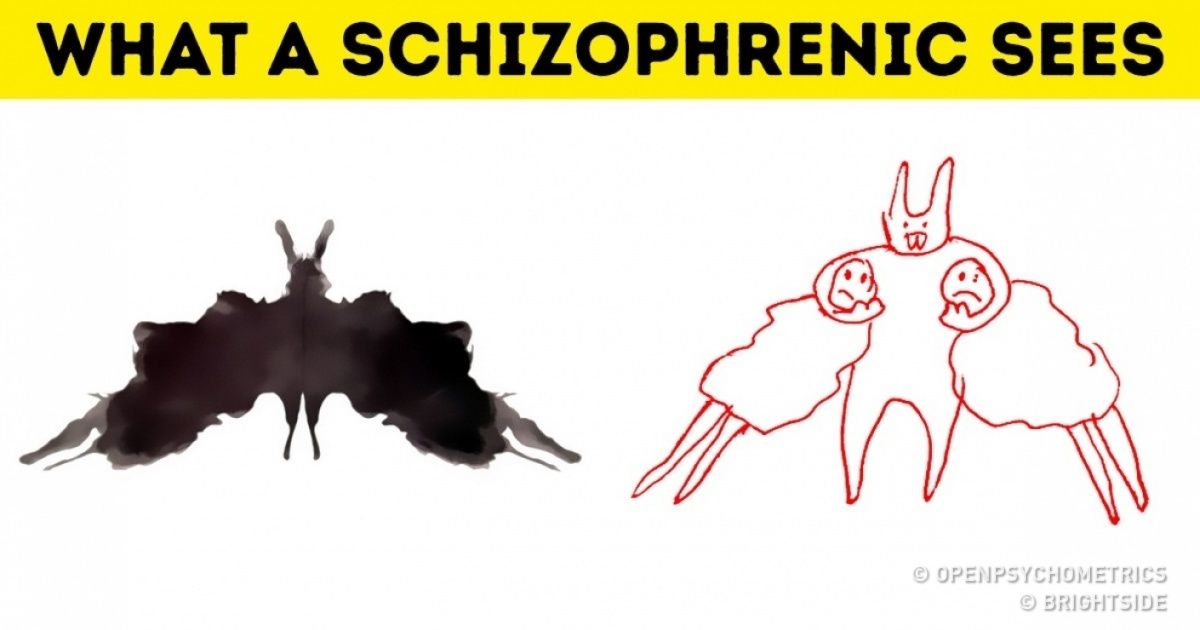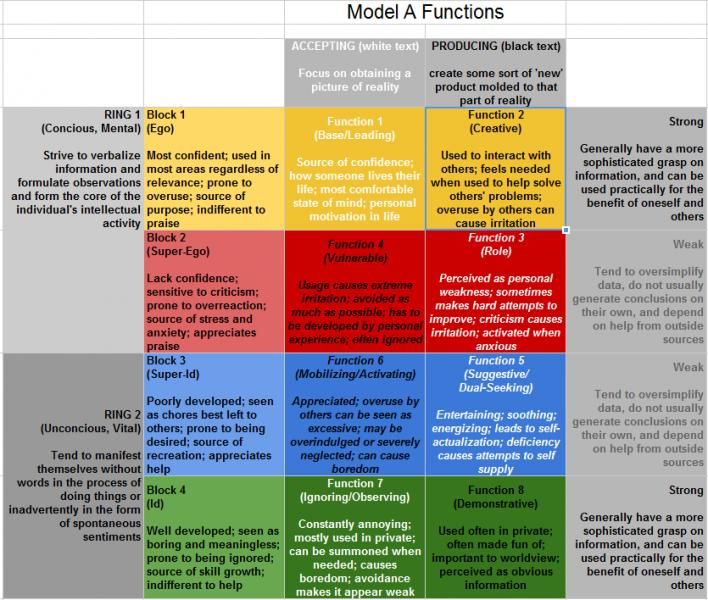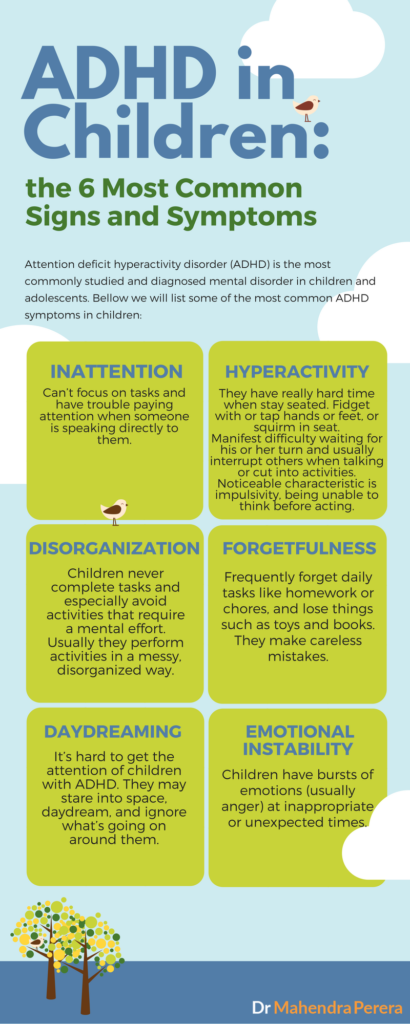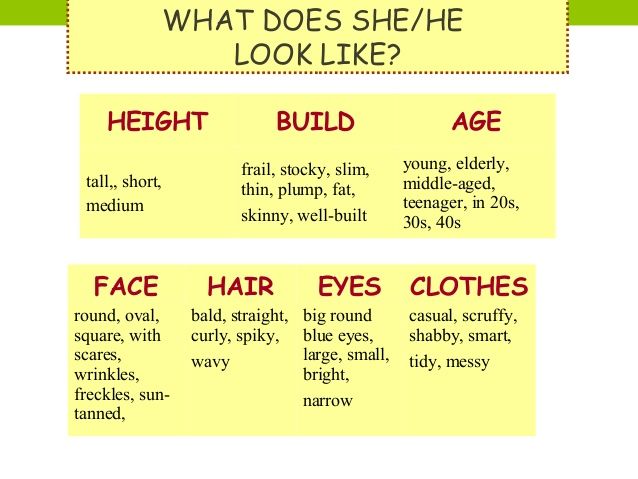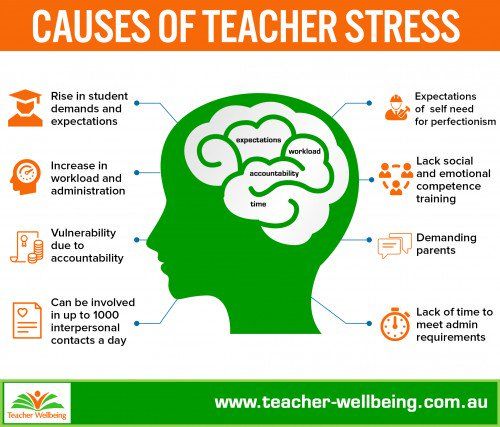Psychology evaluation examples
Everything you need to know about a Psychological Evaluation
General Reasons for a Psychological Evaluation
The purpose of psychological evaluations is to pinpoint what is happening in someone's life that may be inhibiting their ability to perform, think, behave, feel, or achieve in more appropriate or constructive way either at home, school, or the work place. There are many types of psychological evaluations that are used for personal insight, performance in school or college, or for workplace performance. The psychologist will administer and interpret the results and be able to determine what, if any, diagnoses, disorder, or disabilities you may or may not have; as well as indicate your relative strengths and weaknesses. This information is used to provide recommendations, interventions, and treatment options for the client.
Our Psychological Evaluation is completed by highly skilled clinically psychologists, educational psychologists, licensed psychologists, and/or certified school psychologists. Our comprehensive evaluations will address the reason for referral and identify what, if any, issues are creating obstacles and determine the best remediation and interventions to address it in school, at home, and in the community.
If you or a family member have been referred or considering a psychological evaluation, please read some of the information below. It may help guide you in the best direction. Psychological evaluations are designed to help you. Think of it as going to your primary physician/doctor when you are not feeling well. You tell the doctor how you are not feeling well. They may do some formal or informal testing (take your temperature, ask you some questions, take a blood test, etc.), and then determine what your diagnosis is (e.g. flu) and then provide treatment (e.g. cough medicine). A psychological evaluation is very similar in that they are addressing cognitive, academic, social, emotional, behavioral, adaptive, personality, and mental health issues that creating road blocks for you in your life.
A psychological evaluation helps determine what the underlying issue is for the client and how best to resolve it. For example, if a student is struggling in math class. Is it due to a learning disability in math or dyscalculia? Perhaps it could be ADD - ADHD or Executive Functioning weaknesses; or there could be environmental conditions with family, friends, or colleagues that are causing significant stress and having an impact on memory? Psychological tests and assessments allow a psychologist to understand the nature of the problem, and to figure out the best way to go about addressing it.
Specific Reasons for a Psychological Evaluation
- School Difficulty
- Work Problems
- Relationship Issues
- Emotional Difficulty
- Behavior Problems
- Diagnosis or Disability Determination
- Mental Health Concern
- Educational Disability
- Learning Disability
- IEP / 504 Plan
- Special Education
- Gifted Education
- Private School Admissions
- Accommodations in Classroom and on State and Standardized Tests (e.
 g. SAT / ACT)
g. SAT / ACT) - Dyslexia
- Academic and Educational Testing
- ADHD / ADD
- Autism
- Executive Functioning
- Auditory Processing
- Cognitive - Intelligence
- Memory and Processing Speed
- Verbal / Nonverbal Intelligence
- Vocational / Career
- Transition Planning
- Auditory Processing
Potential Benefits from a Psychological Evaluation
- Reveal or provide clarification on disorder/diagnosis contributing to current symptoms
- Gain Access to special education or gifted education services
- Receive an IEP
- Receive a 504 Plan
- Customized accommodations, modifications, and instructional interventions
- Personalized IEP goals/objectives to address your child's weaknesses in school
- Receive related services, such as speech/language, occupational, & physical therapy
- Gain access to accommodations at work
- Accommodations in College Courses and Exams
- Accommodations on Standardized Test (SAT, GRE, MCAT, LSAT, ACT, Bar Exam, etc.
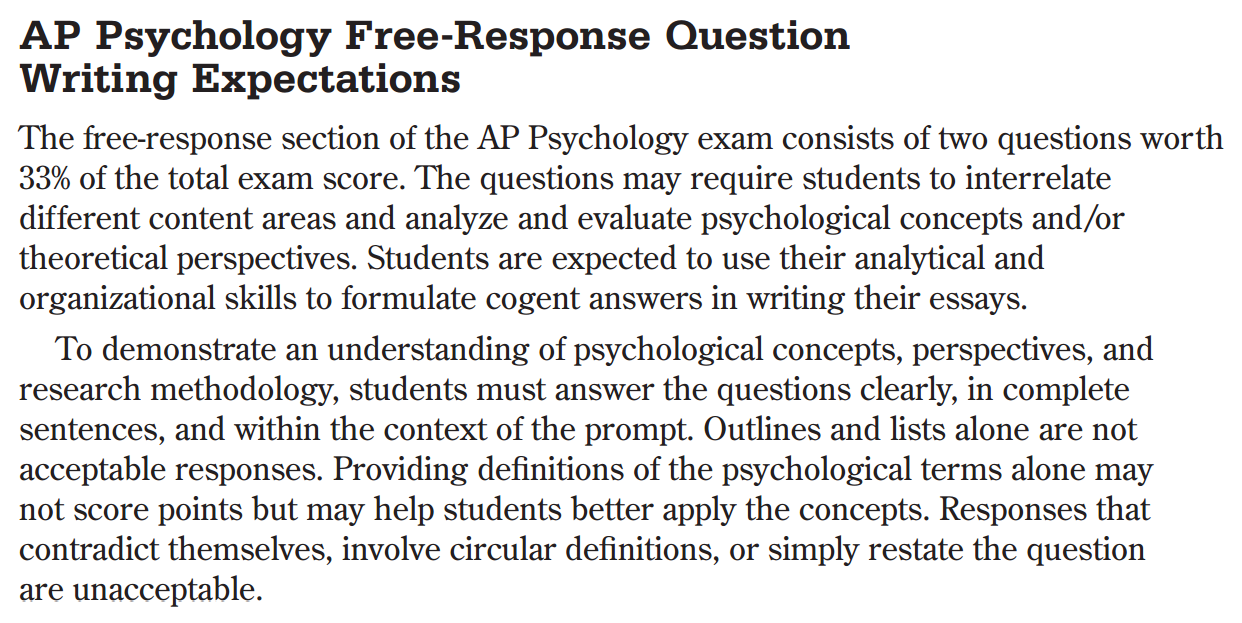 )
) - Accommodations on State Test, Certification Test, Licensure Test
- Reveal what motivates you
- Determine career / degree best suited for you
- Find out how to learn better and use coping strategies at work or college
What steps are involved in a Psychological Evaluation?
- Schedule an appointment: We know how important it is to find someone that can be trusted, highly skilled, and compassionate to address your questions and concerns in a helpful way. We won't let you down. Simply call or email us, and we will be here to assist you in the best way possible!
- A review of the presenting problem(s): Let us know why you want an evaluation, what questions you would like to have answered, symptoms you are having, and how it is affecting you in you daily life. If you are not sure, we'll guide you through an easy process that will get to the root of the issue which will help us create a strong foundation so we know what are the best assessments to use in your situation.

- A psychological interview: We'll go into more detail about your concerns, symptoms, and other important information that was brought up during the review of records and social history. We will review any previous records and conduct a social history about your background that can provide important information (personal/childhood history, family history, relationships, substance use, medical conditions, developmental issues, education, and recent experiences that brought you here, etc.).
- Observation (depending on age of client and reason for referral): Observations during testing session (for adults) or at school (for children).
- Psychological testing related to the concerns and symptoms: You'll be administered various tests that are a minimum of at least one hour or longer depending on several factors. However, prepare to spend hours during a testing session depending on your reason for referral.
- A psychological report/summary is written and reviewed with you: You'll receive a psychological report with the social history, interview, observation, and results of the psychological testing.
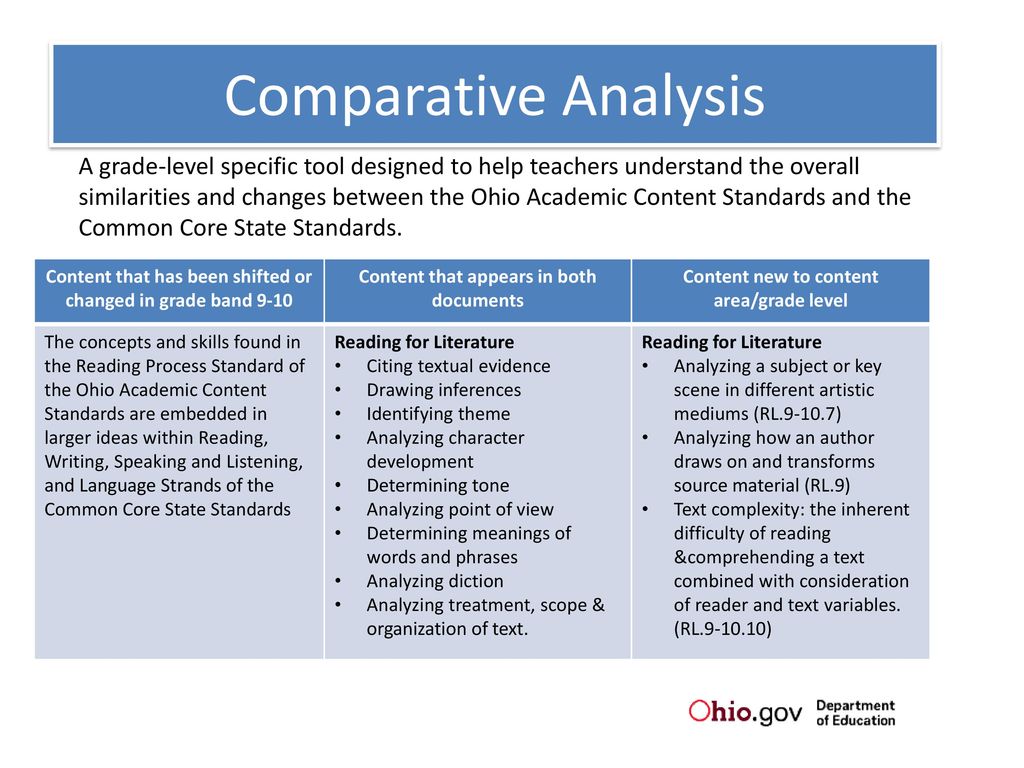
- Recommendations, interventions, and treatment options are discussed: The report will also have recommendations related to your reason for referral and guide you in the most appropriate way to assist you.
Psychological Tests and Assessments
Psychologists pick and choose tests that are individualized and appropriate for each person based on the reason for referral, symptoms, and other important information (vision, hearing, language, etc.) Both tests and assessments help a psychologist determine strengths, weaknesses, including diagnoses and recommendations to treat or remediate it. Our examiners only use the most updated versions of tests, with the highest reliability and validity rates with appropriately normed samples.
Testing can involve the use of formal tests (also referred to as standardized or norm-referenced tests) and informal tests (also referred to as criterion reference tests). Formal tests compare your results to other individuals (in terms of age, grade level, etc...) and indicate how you performed average, below average, or above average when compared to others. Examples of Formal tests include the following:
Formal tests compare your results to other individuals (in terms of age, grade level, etc...) and indicate how you performed average, below average, or above average when compared to others. Examples of Formal tests include the following:
- Neuropsychological/Neurodevelopmental Tests
- Intelligence - Cognitive Tests / I.Q. Tests
- Achievement - Educational Tests (Reading, Writing, Math, etc.)
- Social, Emotional, Behavioral, & Adaptive Tests / Mental Health
- Personality & Motivation Tests
- Visual-Motor Integration Tests
- Speech/Language Tests
- Fine-Gross Motor Tests
Informal tests indicate how well you have mastered the content or knowledge on the test. There are also information gathering forms, questionnaires, checklists, and input that is based on your opinion or opinions of others, which is extremely valuable as well. Together this information helps paint a picture of obstacles that you are encountering.
- Inventories (some not all)
- Checklists
- Surveys
- Open-ended questions
What to Expect in a Psychological Evaluation
The psychologist will try to collect as much pertinent information possible through various techniques (e.g. review of records, interviews, observations, testing and assessments) and then help paint a picture of how and possibly why you are struggling and how best to remediate it. You can not study or prepare for psychological evaluations. The best way is to just be yourself, try your best, and be open and honest. The information you receive can help you in ways never imagined!
How to Interpret Psychological-Educational Test Scores
It's important that client's do not interpret test scores by themselves because it can be easily misinterpreted on many levels. Therefore, it is very important that you contact your doctor or specialist who completed the evaluation for appropriate interpretation in your specific case. However, from a mathematical and statistical point of view, we hope this general information can provide some assistance:
However, from a mathematical and statistical point of view, we hope this general information can provide some assistance:
Raw Scores: is the amount of points earned for a subtest and can not be meaningfully compared. Example John has a raw score of 35. This means the student earned 35 points on a subtest.
Standard Scores: Relates a student’s performance to a normative reference group and allows one to compare scores within a test…Standard scores indicate how far above or below the average (the mean) an individual score falls, using a common scale, such as one with an average of 100. Standard scores also take variance into account, or the degree to which scores typically will deviate from the average score. It can be used to compared individuals from different grades or age groups because all scores are converted to the same numerical scale. For example, each test has different ranges of scores and can label them differently.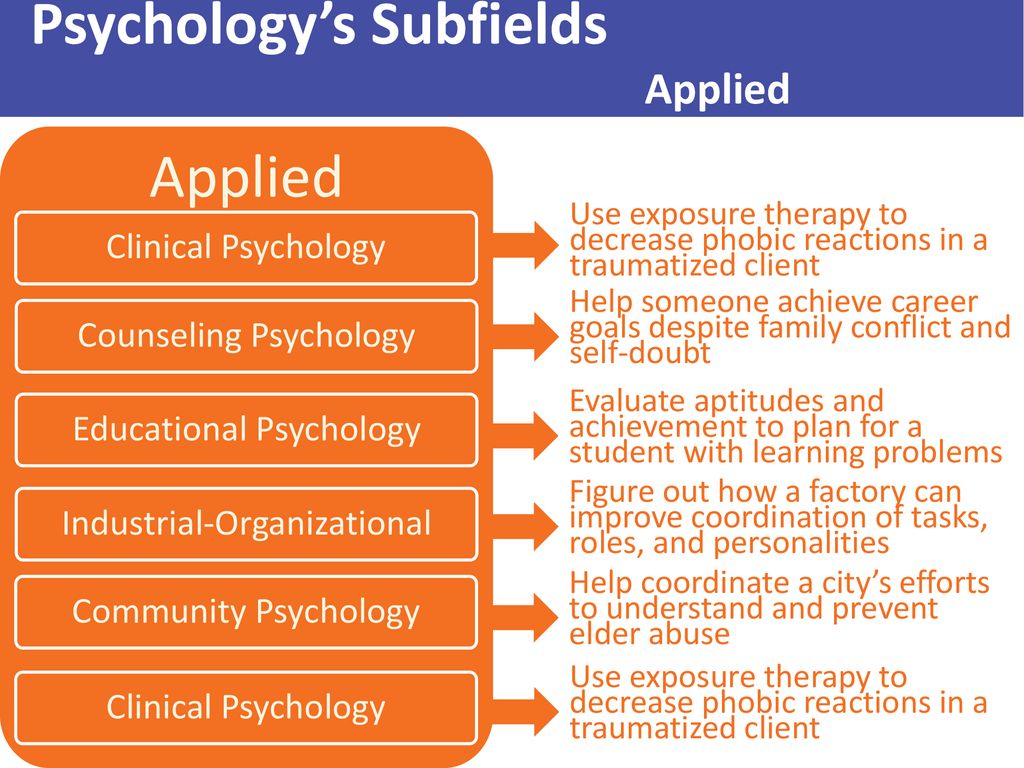 Usually, but not always, one reliable factor is that most tests have a mean of 100 with a standard deviation of 15; suggesting that (85-100 and 100-115 are average)
Usually, but not always, one reliable factor is that most tests have a mean of 100 with a standard deviation of 15; suggesting that (85-100 and 100-115 are average)
Scaled Scores: Relates a student’s performance to a normative reference group and allows one to compare scores within a subtest…Performance on each subtest which reflects specific skills results in a scaled score…For example, Scaled Scores can have range from 1-19 with a mean of 10 and a standard deviation of 3. 7-13 (average range) like the WISC-V
Percentile Scores: Should be used when needed to compare student’s performance to others using a hypothetical situation involving 100 students. It can be provided for each standard score to indicate a student’s standing relative to other students at the same age or grade level. For example, Percentile ranks range from 1 to 99 with 50 as the median. A student with a 15th percentile means that the student scored at or better than 15% of students his same age (or perform lower than 85% of students same age).
Stanine Scores: Should be used when a broad gauge of achievement is needed, but are useless for reflecting precise information. Score that results from a conversation of a grade-based or age-based standard score to a 9-point scale. For example, Stanines are normalized scores ranging from 1 to 9, with a mean of 5 and standard deviation of 2. The lowest (1-3), middle (4-6), and highest (7-9).
Z-Scores: Is a measure of the number of standard deviation units away from the test mean. The test mean is 0.0 and the standard deviation is 1.0. A positive sign means above the mean and a negative sign means below the mean. For example, knowing that someone’s weight is 150 pounds might be good information, but if you want to compare it to the “average” person’s weight, looking at a vast table of data can be overwhelming (especially if some weights are recorded in kilograms). A z-score can tell you where that person’s weight is compared to the average population’s mean weight
T-Scores: The T-Score was designed to eliminate confusion of z-scores and provide a consistent mean and standard deviation; the T-score transformation takes raw scores and changes them to equal interval units, where the mean is 50, and the standard deviation is 10…It’s another type of standardized score, where 50 is average; Example, used to summarize student performance, pretest performance subtracted from the posttest performance, identify a student’s real position in the distribution.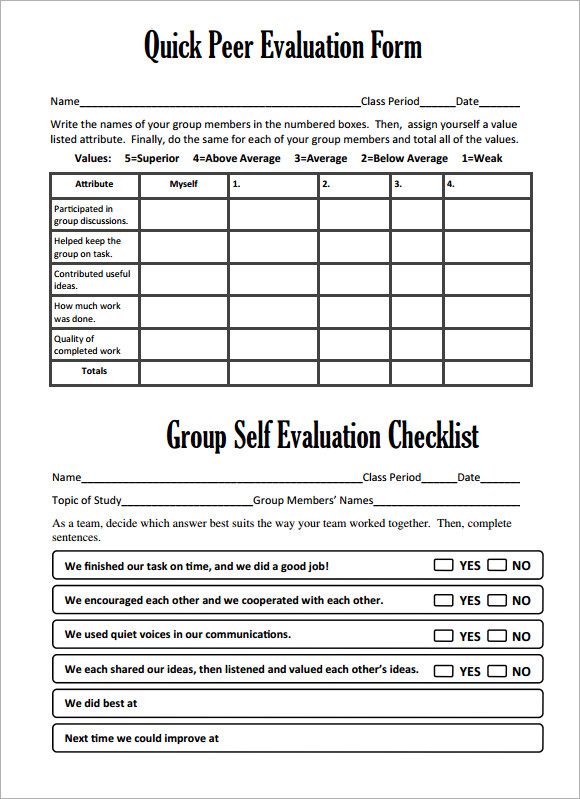
Grade Equivalent: The score is more reflective of accuracy level than the grade level of task difficulty that this student can perform. In other words, the student has obtained the same score (not skills) as an average student of that grade. Expresses the student’s performance developmentally in terms of a corresponding grade level to the nearest tenth, which correspond to academic months. For example, if Sally obtains a grade equivalent of 3.6 on a reading comprehension test, this means that the student obtained the same score as the typical student in the sixth month of third grade. Sally may or may not have acquired the same skills as the typical third grader. Another way of looking at it is that it means that the student answered correctly a high percentage of the items on a third grade test…the same percentage of items that an average sixth-grade student answered correctly on the third grade test. It does not reflect their ability.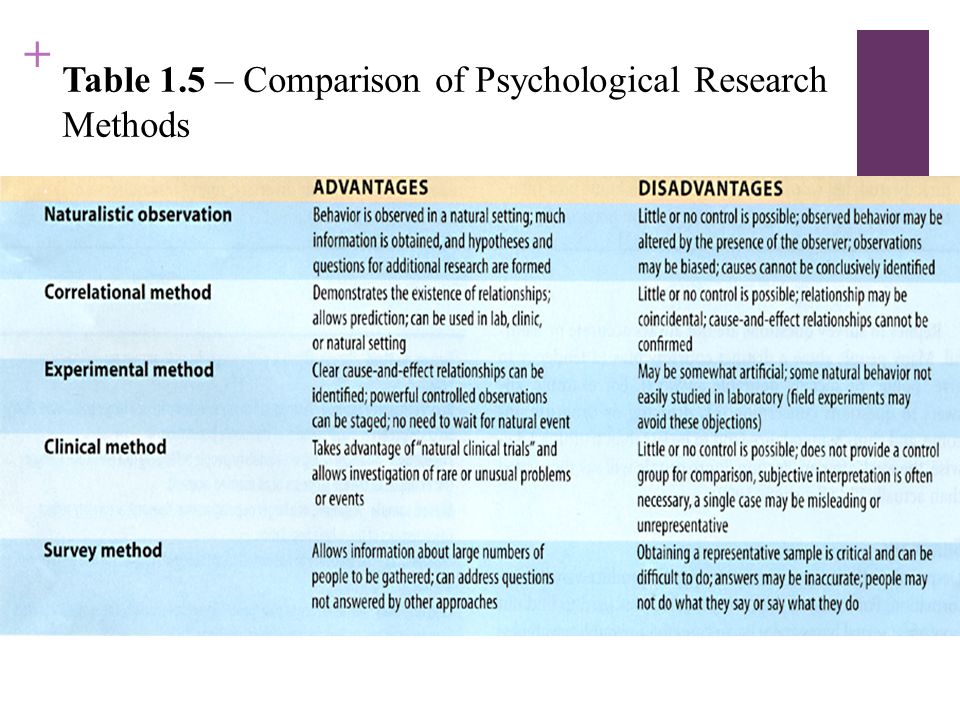
Age Equivalent: Express the student’s performance developmentally in terms of a corresponding age level. For example, if Sally obtains a age equivalent of 10.6 on a reading comprehension test, this means that the student obtained the same score as the typical 10 year, 6 month old peer. Sally may or may not have acquired the same skills as a 10.6 year old. Another way of looking at it is that it means that the student answered correctly a high percentage of the items that most 10.6 year old’s did…the same percentage of items that an average 10.6 year old student answered correctly. It does not reflect their ability.
Standard Deviation: Is the standardized difference among scores around the mean of the distribution. In others words, the extent to which scores are dispersed on a test.
Confidence Interval: A student’s performance can vary any given day, the confidence interval is the hypothetical range of scores predicted if your child were given this test 100 times. A 95% confidence interval means there is a 95% likelihood that your child would score in the given range if administered the test 100 times.
A 95% confidence interval means there is a 95% likelihood that your child would score in the given range if administered the test 100 times.
Normal Curve Equivalents: The NCE converts scores into a scale interpretable as percentiles based on equal intervals. It ranges from 1-99, with a mean of 50. It helps us describe performance with the interpretability of percentile ranks and the power of standard scores, which allows a more sophisticated analysis.
Relative Proficiency Index (RPI): An RPI of 71/90 is interpreted to mean that when others at the examinee’s age or grade show 90% success on “reading” tasks, the examinee is predicted to show only 71% success on the same tasks.
Psychological Report Format
| Jane Smith Dates of Evaluation: 9/12/96 PURPOSE FOR EVALUATION: Rather than "Reason for Referral" the first section for the report is better called "PURPOSE FOR EVALUATION." This gives you a lot more flexibility. If you use "Reason for Referral", you pretty much have to copy whatever the consult says. Unfortunately, many consults ask questions which tests can't answer (or else they don't ask any question at all). Use this section to briefly introduce the patient and the problem. Begin with a concise "demographic picture" of the patient. (e.g., This is the third inpatient admission for this 32 year old, single, white female who has 13 years of formal education and is employed as a beautician. She was admitted due to symptoms of major depression with possible psychotic features. Use this section to tell your reader what issues you will address in the body of the report. In this way, he won't get to the end of your report, then have to think back to decide whether your conclusions were supported by your data. He'll know on what issues to focus, and he can be forming his own impressions while he's reading. (e.g., The purpose for the current evaluation was to screen for evidence of psychosis and clarify the nature of the underlying depressive disorder.) In sum, use this section to "pose a question," which you will answer in the "SUMMARY" section. Finally, if the evaluation takes more than 5 days to complete, you should put a progress note in the patient's chart giving preliminary test results. For example, you might conclude the "PURPOSE FOR EVALUATION" section of your report with, "Preliminary results were reported in the patient's progress notes on 9/13/96. The current report will supplement and elaborate upon those preliminary findings." ASSESSMENT PROCEDURES: Refer to this section as "ASSESSMENT PROCEDURES" rather than "TESTS ADMINISTERED. e.g.: Millon Clinical Multiaxial Inventory-III (MCMI-III) This patient participated in 3 hours of testing and a 1 hour diagnostic BACKGROUND INFORMATION: In this section present paragraphs dealing with family, social, legal, medical, family mental health, etc. Next describe the patient's history of substance abuse/mental problems, and mental health care in CHRONOLOGICAL order. Where possible, provide enough details of prior intervention efforts to clarify what was attempted and whether it was successful. Your goal is to encourage replication of prior successes and/or avoid duplication of prior treatment failures. Also, be sure to describe the patient's behavior and level of adaptive functioning BETWEEN prior interventions. These details will help give the treatment team an idea of what "target level" of adaptive functioning to shoot for in the current intervention. Follow with a paragraph describing the onset and development of the present illness/ exacerbation. MENTAL STATUS EXAMINATION: Focus on YOUR observations and impressions. This section of the report should focus on your objective evaluation. Avoid quoting the patient's opinion of his own mood, affect, etc. It's also best to avoid mixing in background information or test information with this section. A typical MSE for a 'normal' patient might read:
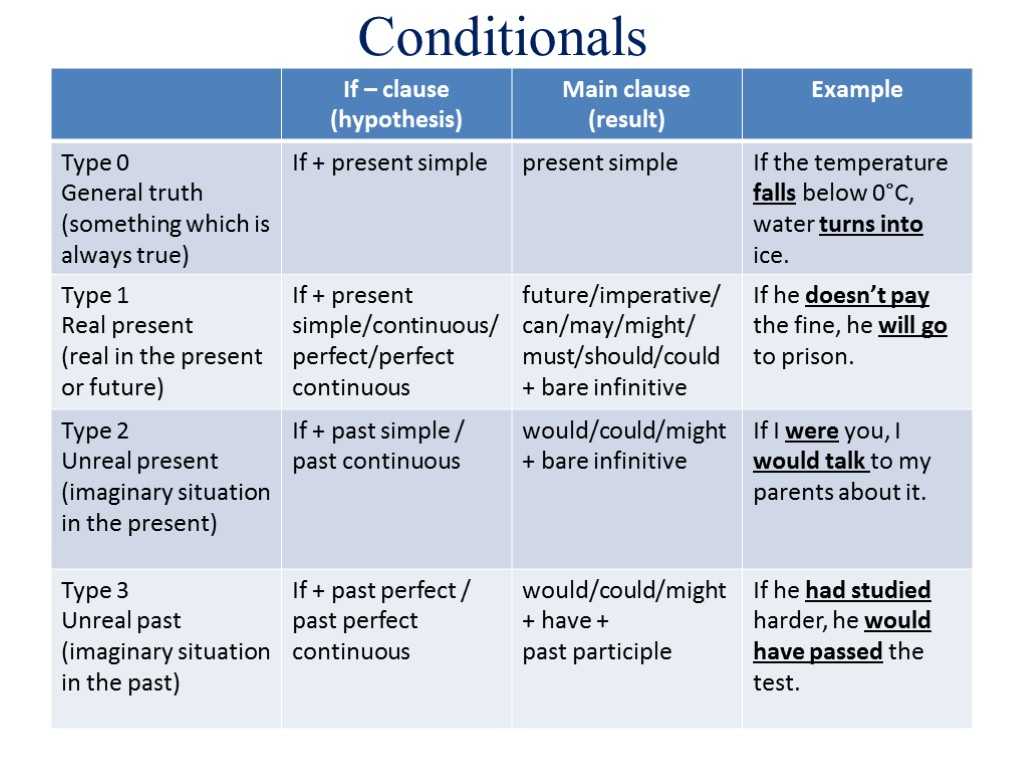 The patient was casually dressed and groomed. Orientation was intact for person, time and place. Eye contact was appropriate. There was no abnormality of gait, posture or deportment. Speech functions were appropriate for rate, volume, prosody, and fluency, with no evidence of paraphasic errors. Vocabulary and grammar skills were suggestive of intellectual functioning within the average range. The patient was casually dressed and groomed. Orientation was intact for person, time and place. Eye contact was appropriate. There was no abnormality of gait, posture or deportment. Speech functions were appropriate for rate, volume, prosody, and fluency, with no evidence of paraphasic errors. Vocabulary and grammar skills were suggestive of intellectual functioning within the average range. The patient's attitude was open and cooperative. His mood was euthymic. Affect was appropriate to verbal content and showed broad range. Memory functions were grossly intact with respect to immediate and remote recall of events and factual information. His thought process was intact, goal oriented, and well organized. Thought content revealed no evidence of delusions, paranoia, or suicidal/homicidal ideation. There was no evidence of perceptual disorder. His level of personal insight appeared to be good, as evidenced by ability to state his current diagnosis and by ability to identify specific stressors with precipitated the current exacerbation. Specific tests are rarely mentioned by name. For example, information from scale 2 on the MMPI-2 may be combined with interpretive data from the MCMI-III dysthymia scale. If the integration of this information is consistent with the history and the mental status exam, it is included in a paragraph dealing with depression. The strength of this model lies in its efficiency and concise focus on the referral problem. The reader isn't distracted by unrelated details. The primary weakness of the model is that you don't report some of the information which is unrelated to the "PURPOSE FOR EVALUATION" but which could potentially be useful to other disciplines. SUMMARY/RECOMMENDATIONS: Begin by specifically answering the questions you posed under "PURPOSE FOR EVALUATION." Then elaborate as much as needed to present your conceptualization of the case. It's fine to include DSM diagnostic impressions, but your summary of the patient's psychological makeup is far more important. If you do include DSM labels, be sure you've provided enough detail in the body of the report to support the diagnostic criteria as described in DSM. Any recommendations for treatment can also go here. For example:
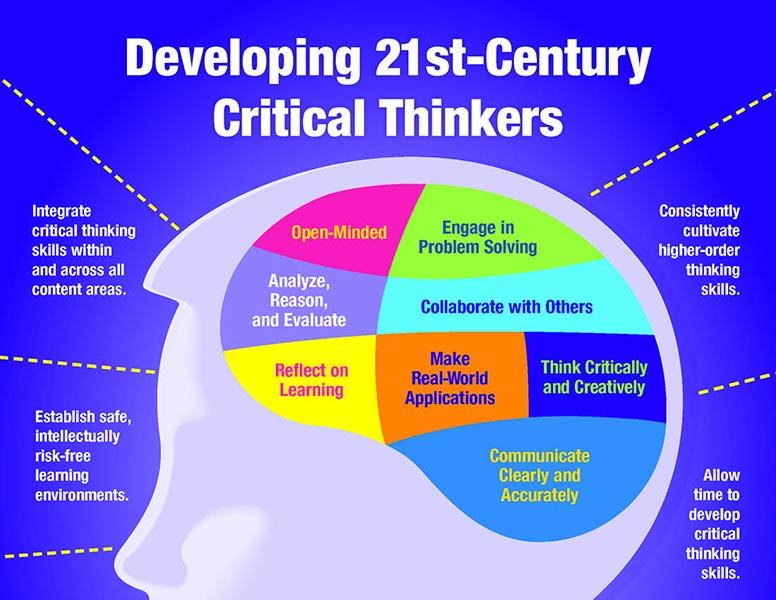 The current clinical presentation appears to represent an acute exacerbation of a chronic psychotic disturbance which had its onset approximately 8 years ago. Currently, Mr. Jones appears to remain extremely distressed, anxious, paranoid, and delusional, despite self-reports to the contrary. He lacks sufficient capacity/ motivation to rely on external supports and lacks sufficient personal insight to cope independently at present. The patient appears to be attempting to cope with his illness using extreme guardedness and withdrawal. During recent months he has shown no signs of aggressive ideation and is not believed to be a physical risk to himself or others at present. The current clinical presentation appears to represent an acute exacerbation of a chronic psychotic disturbance which had its onset approximately 8 years ago. Currently, Mr. Jones appears to remain extremely distressed, anxious, paranoid, and delusional, despite self-reports to the contrary. He lacks sufficient capacity/ motivation to rely on external supports and lacks sufficient personal insight to cope independently at present. The patient appears to be attempting to cope with his illness using extreme guardedness and withdrawal. During recent months he has shown no signs of aggressive ideation and is not believed to be a physical risk to himself or others at present. It is recommended that efforts to establish a trusting relationship with this patient be continued, in order to help him cultivate a more adaptive coping/defensive pattern. Individual therapy will be more productive than group interventions. Once his guardedness has been relaxed, it will likely be beneficial to explore psychosocial issues present at the time Mr. Please let me know if any additional information is needed concerning the results of this evaluation. _________________________ ______________________ |
Psychological portrait of a person. Example. | Business coach Kostyukhina Olga
Using various methods, you can make a psychological portrait of a person's personality, even without knowing him. Such personality portraits are often used when applying for a job, even in marriage agencies for matching a couple.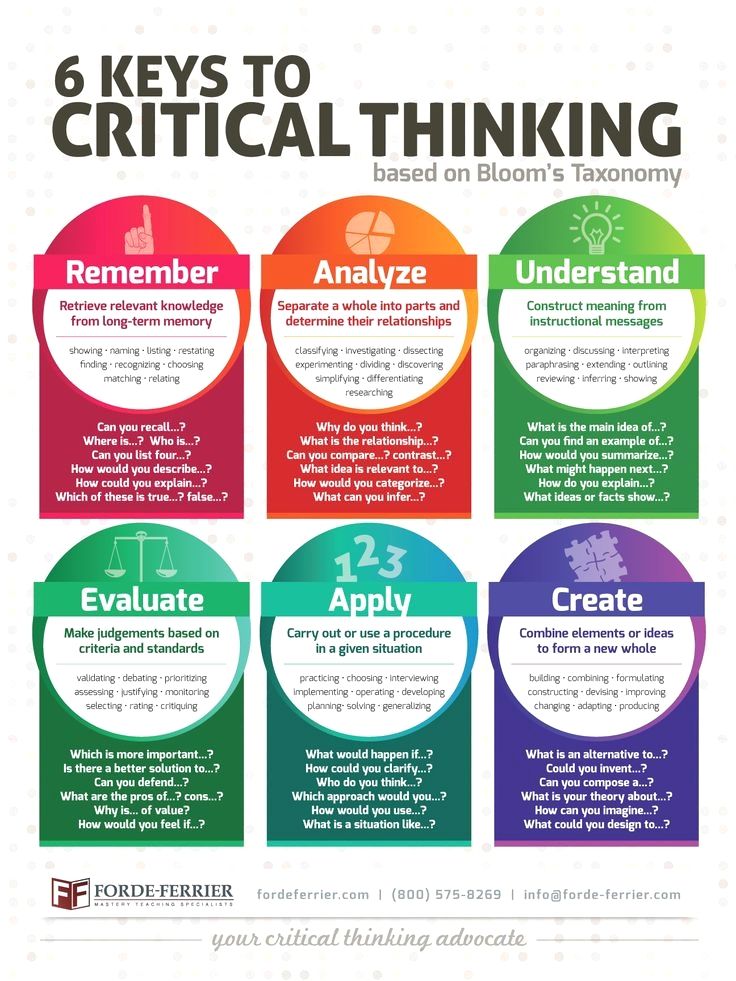 You can use various methods, I chose the most popular tests that guarantee high validity: Cattell's 16-factor questionnaire, Mehrabian's motivational questionnaire, Eysenck's personal qualities questionnaire, etc.
You can use various methods, I chose the most popular tests that guarantee high validity: Cattell's 16-factor questionnaire, Mehrabian's motivational questionnaire, Eysenck's personal qualities questionnaire, etc.
Usually investigated: the personal sphere - character traits, communicative sphere, intellectual. Inclinations to this or that activity, types of motivation, etc. are analyzed. Based on the data obtained, it is possible to draw a general conclusion about a person and give certain recommendations. In fairness, it must be said that several areas can be tested, and usually, the psychologist chooses those areas that are relevant to the subject. To determine certain qualities of character, there are certain tests, methods that consist of a large number of questions and / or tasks, for example, you can test on the scales of creativity, self-esteem, neuroticism, and so on. nine0003
Also, to make a psychological portrait of a person, you can use more simplified methods, for example, the DISC personality typology test or socionics. These tests can be completed online and get an immediate answer - what type of personality do you correspond to. It is fast, easy, but not always accurate and there are not many evaluation criteria.
These tests can be completed online and get an immediate answer - what type of personality do you correspond to. It is fast, easy, but not always accurate and there are not many evaluation criteria.
It is possible to make a psychological portrait of a person using a page in social networks. After analyzing photos, interests, posts of a person. Specialists can do this with high accuracy. Provided that the assessed person himself does not create a pseudo-image for himself, laying out socially acceptable, socially approved information about himself. An example of such an assessment of a page in contact, see my interview with Channel 1. nine0003
Sign up for a consultation with Olga Kostyukhina +7(926) 534-2274.
The advantage of highly valid methods is, of course, data reliability. The main negative point is the complexity of processing responses. ( See the example of the Five Factor Personality Questionnaire at the end of the article.)
The main negative point is the complexity of processing responses. ( See the example of the Five Factor Personality Questionnaire at the end of the article.)
Therefore, such assessment techniques are used for clinical purposes, either to substantiate scientific papers or to obtain highly accurate results when hiring in some departments. The results are processed by a professional, usually an hr or a psychologist. nine0003
View example PSYCHOLOGICAL PORTRAIT OF AN EMPLOYEE
If you want to test yourself or your friends on your own, it is better to use simpler methods, which I have already mentioned (DISC, socionics).
Find out your personality type and character. Fast, no scoring. The projective technique is the Dellinger test.
More articles on my Instagram page
Personality score example
This portrait of the personality of a real person, the methods used are Cattell 16f, Cattell intelligence questionnaire, Mehrabian questionnaire, Eysenck questionnaire, Five-factor questionnaire.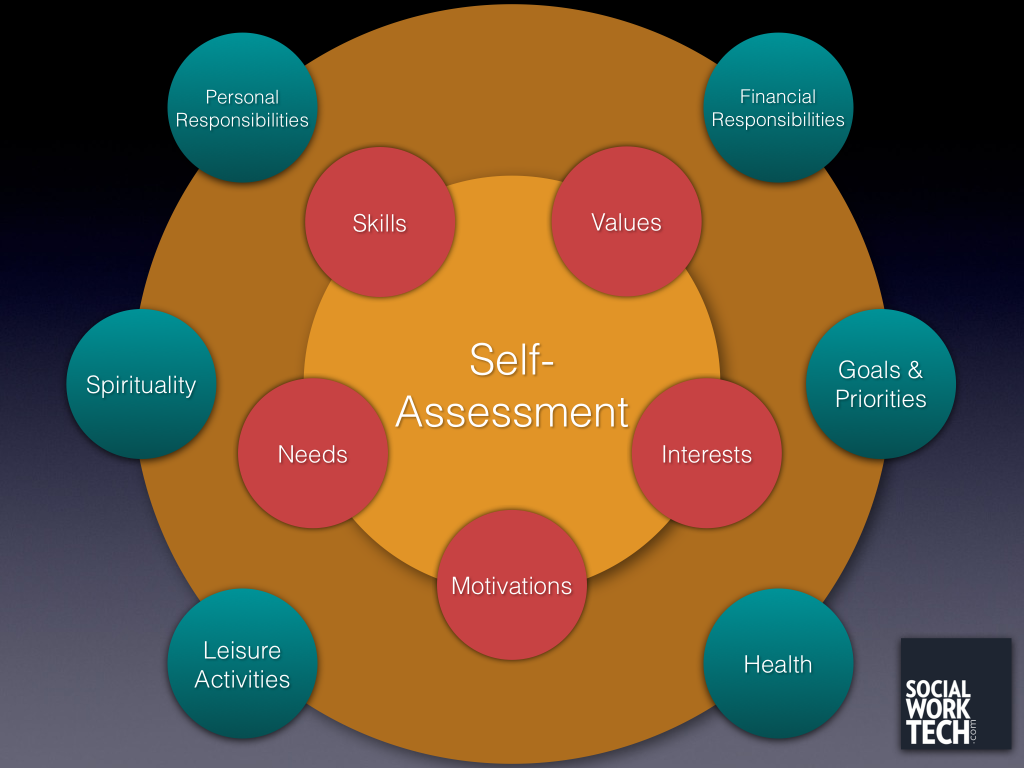
Psychologically Portrait of the individual: Sergienko Albina
Brief information about the test subject : g gender, age, education - student
character traits : according to the questionnaire of the character of an adult, such features were revealed by such features , as: sociability and outward orientation of the individual, a wide circle of acquaintances, the need for contacts. Acts under the influence of the moment, impulsive, quick-tempered. He is carefree, optimistic, good-natured, cheerful. Prefers movement and action, tends to be aggressive. Feelings and emotions do not have strict control, prone to risky actions. nine0003
According to Eysenck's questionnaire, it belongs to the type - a sanguine person quickly adapts to new conditions, quickly converges with people, is sociable. Feelings easily arise and change, emotional experiences, as a rule, are shallow. Facial expressions are rich, mobile, expressive. He is somewhat restless, needs new impressions, does not regulate his impulses enough, does not know how to strictly adhere to the developed routine of life, the system at work.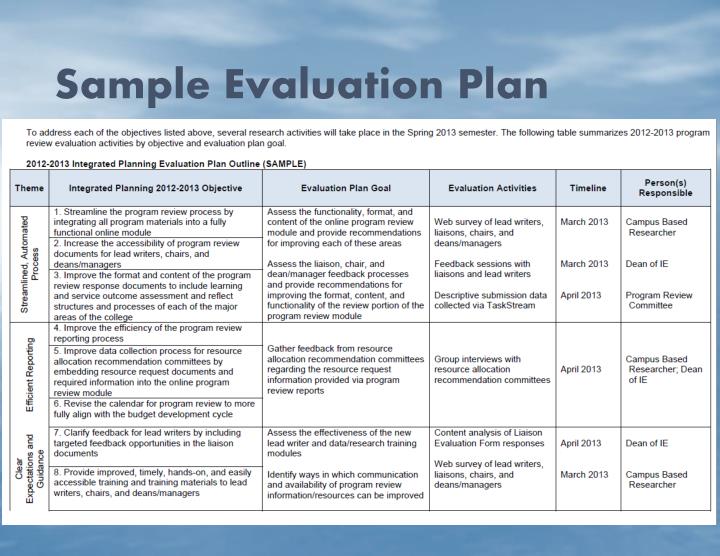 In this regard, he cannot successfully carry out a task that requires an equal expenditure of effort, prolonged and methodical effort, perseverance, and stability of attention. nine0003
In this regard, he cannot successfully carry out a task that requires an equal expenditure of effort, prolonged and methodical effort, perseverance, and stability of attention. nine0003
Intellectual : Ketel Intelligence Questionnaire shows significantly above average intellectual ability. Collected, quick-witted; there is abstract thinking. High general mental abilities; insightful, quick grasping; adapts intellectually; there is some connection with the level of verbal culture and erudition
According to Mehrabian's questionnaire, motivation to achieve success is expressed.
At the same time, openness to experience is below average: a rather mundane, unreceptive type. nine0003
Venerable, has established views, ideas; tolerant of traditional difficulties; accepts only time-tested; suspicious of new people. He is doubtful about new ideas, prone to moralizing and moralizing.
Emotional-volitional sphere:
Average degree of emotional stability: not always calm and balanced, can be somewhat anxious, easily excitable and overly emotional.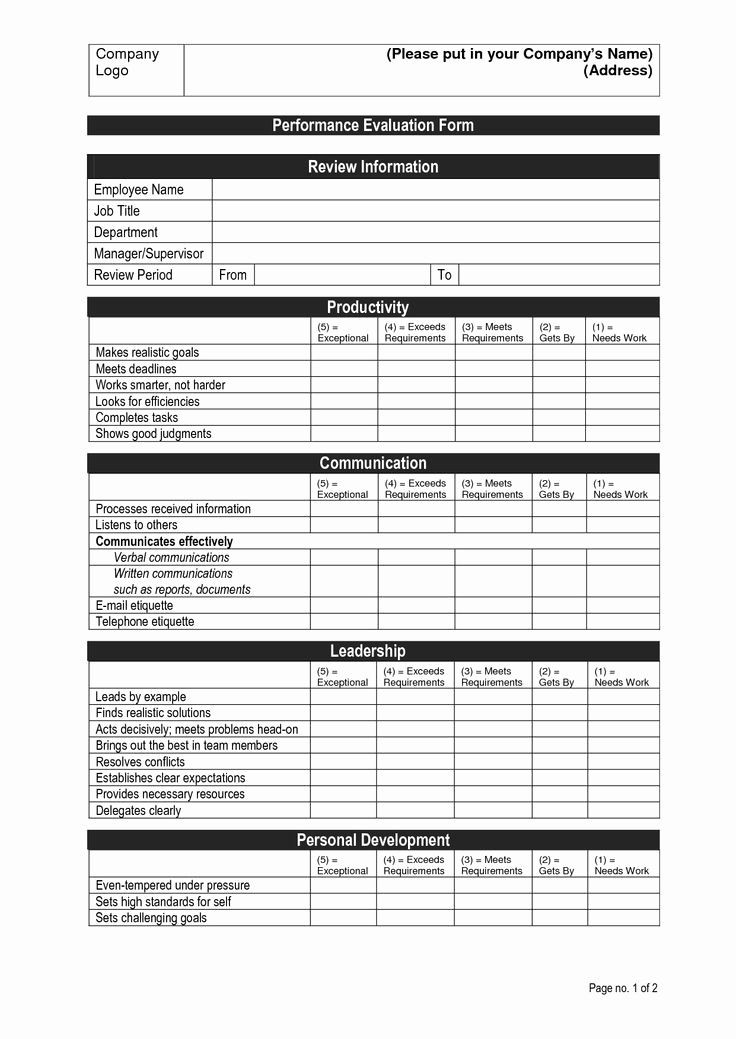 rather irritable, ruthless, suspicious, uncooperative, uncompromising. Quite irresponsible, disorganized and undisciplined. According to the Cattell questionnaire, there is also suspicion, jealousy, "protection" and internal tension. Jealous, envious; great conceit; dogmatism, suspicion; focuses on failures. Requires others to take responsibility for mistakes; irritable. His interests are directed at himself, he is cautious in his actions, self-centered. nine0003
rather irritable, ruthless, suspicious, uncooperative, uncompromising. Quite irresponsible, disorganized and undisciplined. According to the Cattell questionnaire, there is also suspicion, jealousy, "protection" and internal tension. Jealous, envious; great conceit; dogmatism, suspicion; focuses on failures. Requires others to take responsibility for mistakes; irritable. His interests are directed at himself, he is cautious in his actions, self-centered. nine0003
Communication sphere :
Quite sociable, sociable, talkative, assertive and active. Sometimes unyielding and suspicious. You can't always rely on him. Inclined to leadership. Group independence, autonomy, resourcefulness, independently makes decisions; can dominate, does not need the support of other people, is independent. Refined, knows how to behave in society. Has a precise mind.
As a result, we can say that the subject as a whole has all the indicators within acceptable limits.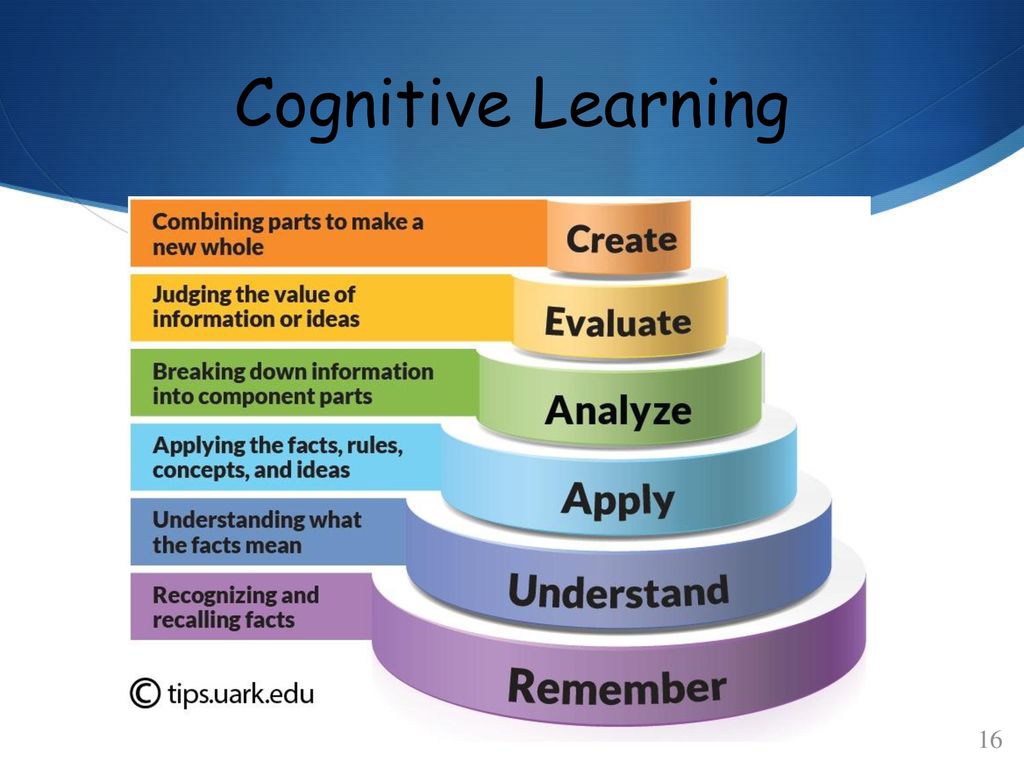 It is only necessary to pay attention to the contradictions, on the one hand, the subject has high communication skills, on the other hand, they may not manifest themselves in full due to suspicion and intransigence. nine0003
It is only necessary to pay attention to the contradictions, on the one hand, the subject has high communication skills, on the other hand, they may not manifest themselves in full due to suspicion and intransigence. nine0003
Sample Five Factor Personality Questionnaire:
Instructions: Read the instructions carefully before you begin. This questionnaire contains 60 statements. Read each one carefully and circle the answer that best reflects your opinion. Make sure you put your answer in the correct box.
Circle "PNS" - if you disagree or consider statement definitely to be false (incorrect).
Circle "NS" - if you disagree or consider statement rather to be false (incorrect).
Circle "B" - if you are indifferent to the statement or cannot decide whether this statement is true or not.
Circle "C" - if you agree or consider statement to be true (correct).
Circle "PS" - if you completely agree or consider the statement definitely true (correct). nine0003
| 1 | I am not an anxious person. | PNS | NS | B | C | PS |
| 2 | I like having a lot of people around me. | PNS | NS | B | C | PS |
| 3 | I don't like to spend time daydreaming. | PNS | NS | B | C | PS |
| 4 | I try to be friendly with everyone I meet. | PNS | NS | B | C | PS |
| 5 | I keep my things clean and tidy. | PNS | NS | B | C | PS |
| 6 | I often feel that I am inferior to others.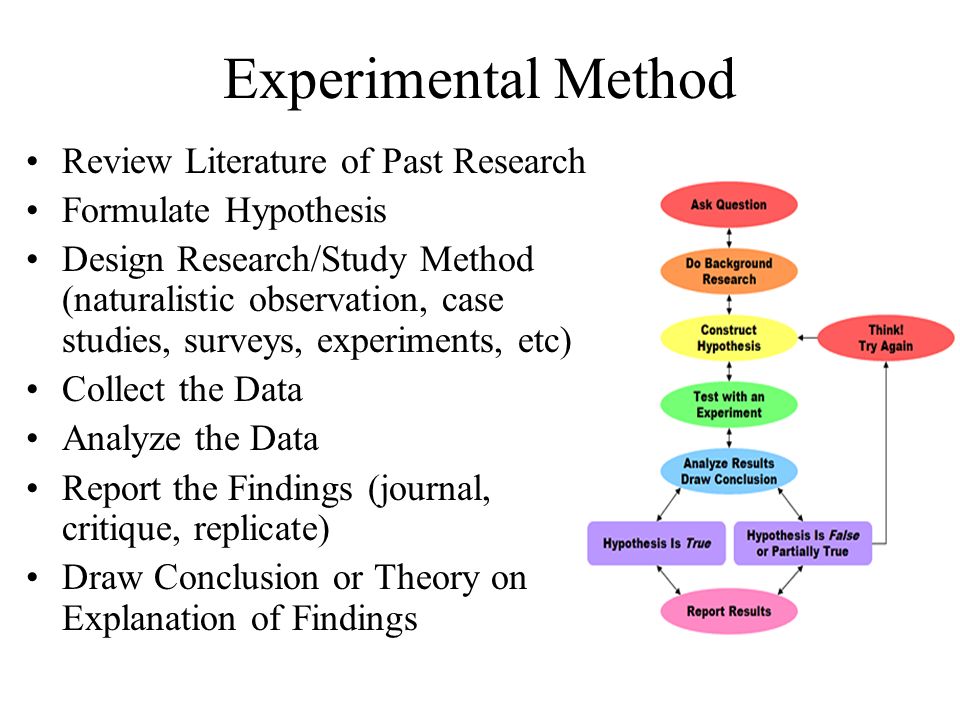 | PNS | NS | B | C | PS |
| 7 | It's easy for me to laugh. | PNS | NS | B | C | PS |
| 8 | I try to always stick to the same way of doing things. | PNS | NS | B | C | PS |
| 9 | I often quarrel with my family members and acquaintances. | PNS | nine0133 NSB | C | PS | |
| 10 | I can always set myself a good pace in my work. | PNS | NS | B | C | PS |
| 11 | I sometimes feel like I'm falling apart when I'm under a lot of pressure. | PNS | NS | B | C | PS |
| 12 | I don't consider myself a very joyful person. nine0134 | PNS | NS | B | C | PS |
| 13 | I am fascinated by the images I find in art or nature. | PNS | NS | B | C | PS |
| 14 | Some people consider me selfish and selfish. | PNS | NS | B | C | PS |
| 15 | I am not a disciplined person. nine0134 | PNS | NS | B | C | PS |
| 16 | I rarely feel unhappy. | PNS | NS | B | C | PS |
| 17 | I really enjoy talking to people. | PNS | NS | B | C | PS |
| 18 | I think that the controversial statements of lecturers can only confuse and mislead students. nine0134 | PNS | NS | B | C | PS |
| 19 | I would rather cooperate with other people than compete with them. | PNS | NS | B | C | PS |
| 20 | I try to do all the tasks that I am given.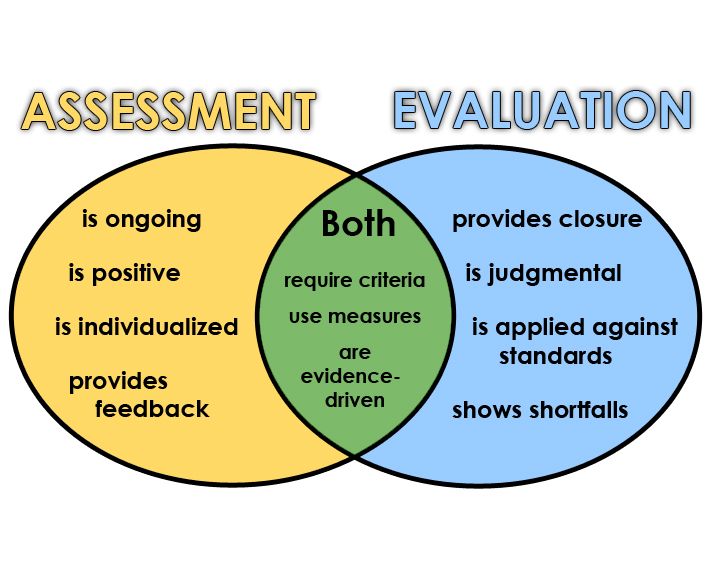 | PNS | NS | B | C | PS |
| 21 | nine0133 I often feel tense and very nervous.PNS | NS | B | C | PS | |
| 22 | I like to be where something happens. | PNS | NS | B | C | PS |
| 23 | Poetry makes little or no impression on me at all. | PNS | NS | B | C | nine0133 PS|
| 24 | I tend to be cynical and skeptical about other people's intentions. | PNS | NS | B | C | PS |
| 25 | I have a clear set of goals and work systematically to achieve them. | PNS | NS | B | C | PS |
| 26 | Sometimes I feel like an absolutely worthless person. nine0134 | PNS | NS | B | C | PS |
| 27 | I usually prefer to work alone. | PNS | NS | B | C | PS |
| 28 | I love to try unusual dishes. | PNS | NS | B | C | PS |
| 29 | I think most people will use a person if it suits them. nine0134 | PNS | NS | B | C | PS |
| 30 | I lose a lot of time before three, how to get to work. | PNS | NS | B | C | PS |
| 31 | I rarely experience fear or anxiety. | PNS | NS | B | C | PS |
| 32 | I often feel overwhelmed with energy. nine0134 | PNS | NS | B | C | PS |
| 33 | I rarely notice the moods or feelings that my surroundings evoke. | PNS | NS | B | C | PS |
| 34 | Most of my acquaintances love me.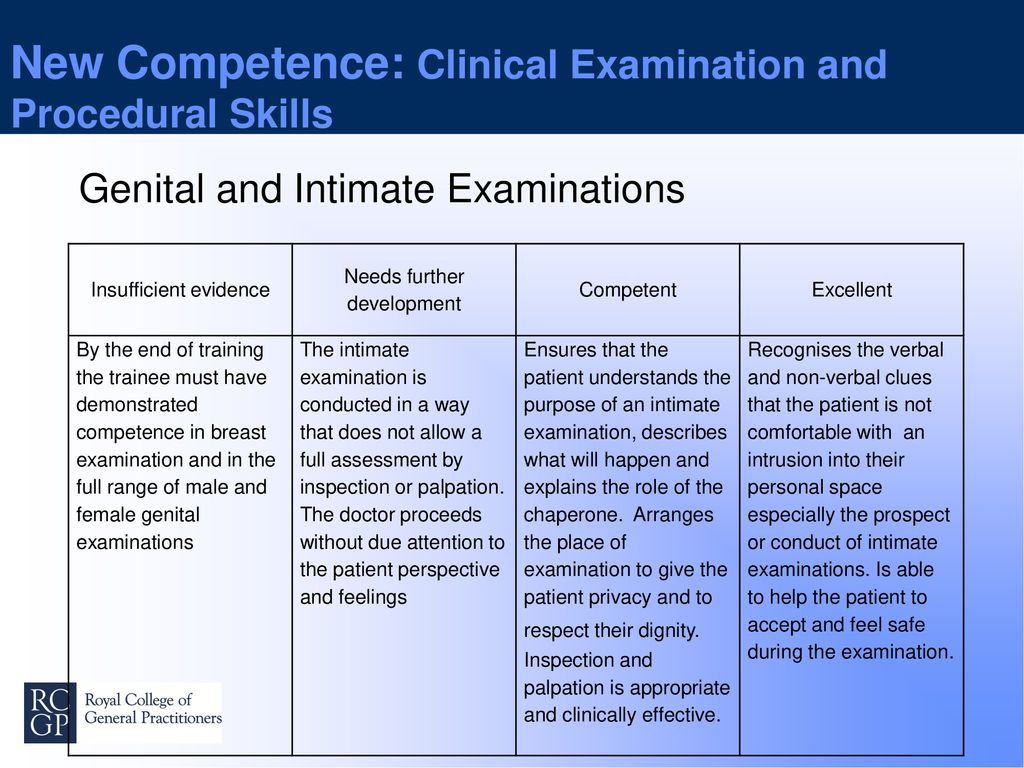 | PNS | NS | B | C | PS |
| 35 | I work hard to achieve my goals. nine0134 | PNS | NS | B | C | PS |
| 36 | I often get angry at the way people treat me. | PNS | NS | B | C | PS |
| 37 | I am a cheerful, lively person. | PNS | NS | B | C | PS |
| 38 | I think that in order to solve personal problems sometimes one should turn to authorities. nine0134 | PNS | NS | B | C | PS |
| 39 | Some people think I'm cold and calculating. | PNS | NS | B | C | PS |
| 40 | When I make a commitment, I can definitely be relied upon. | PNS | NS | B | C | PS |
| 41 | Too often, when things go wrong, I lose heart and give up on what I started. | PNS | NS | B | C | PS |
| 42 | I am not a cheerful optimist. | PNS | NS | B | C | PS |
| 43 | When I read poetry or look at a work of art, sometimes I feel trembling or intense excitement. | nine0133 PNSNS | B | C | PS | |
| 44 | In my views I am practical and cold. | PNS | NS | B | C | PS |
| 45 | Sometimes I am not as efficient and reliable as I should be. | PNS | NS | B | C | PS |
| 46 | I am rarely sad and depressed. nine0134 | PNS | NS | B | C | PS |
| 47 | My life is fast paced. | PNS | NS | B | C | PS |
| 48 | I have little interest in reasoning about the nature of the world or the state of mankind.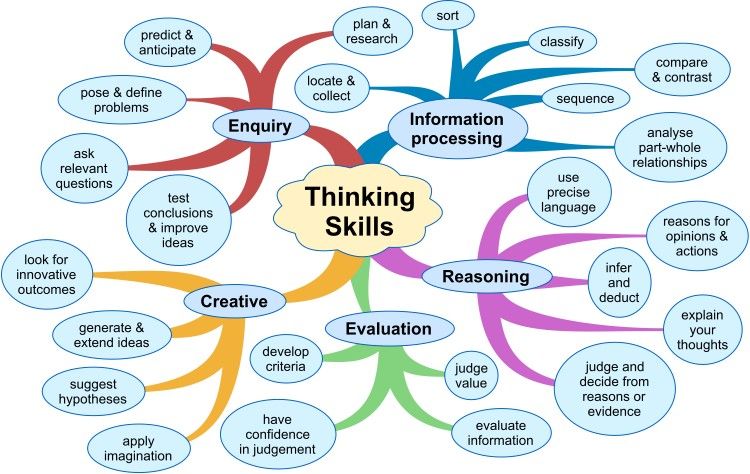 | PNS | NS | B | C | PS |
| 49 | I usually try to be caring and considerate. nine0134 | PNS | NS | B | C | PS |
| 50 | I am a hardworking person who always gets the job done. | PNS | NS | B | C | PS |
| 51 | I often feel helpless and want someone else to solve my problems. | PNS | NS | B | C | PS |
| 52 | I am a very active person. | PNS | NS | B | C | PS |
| 53 | Most of my acquaintances consider me a very inquisitive person. | PNS | NS | B | C | PS |
| 54 | If I don't like people, I let them know. | PNS | NS | B | C | nine0133 PS|
| 55 | I don't think I can ever become an organized person.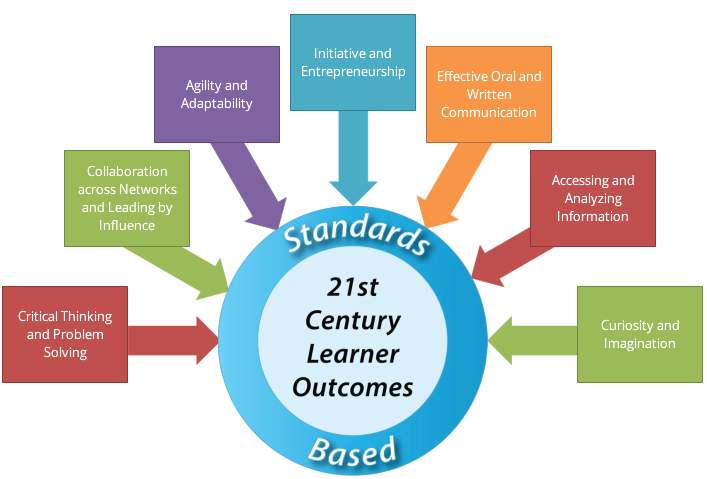 | PNS | NS | B | C | PS |
| 56 | I was often ashamed. | PNS | NS | B | C | PS |
| 57 | I would rather go my own way than lead other people. | PNS | NS | nine0133 BC | PS | |
| 58 | I often enjoy playing with theories and abstract ideas. | PNS | NS | B | C | PS |
| 59 | If necessary, I am willing to manipulate people to get what I want. | PNS | NS | B | C | PS |
| 60 | I strive for excellence in everything I do. nine0134 | PNS | NS | B | C | PS |
Interpretation of scales of the five-factor personality questionnaire.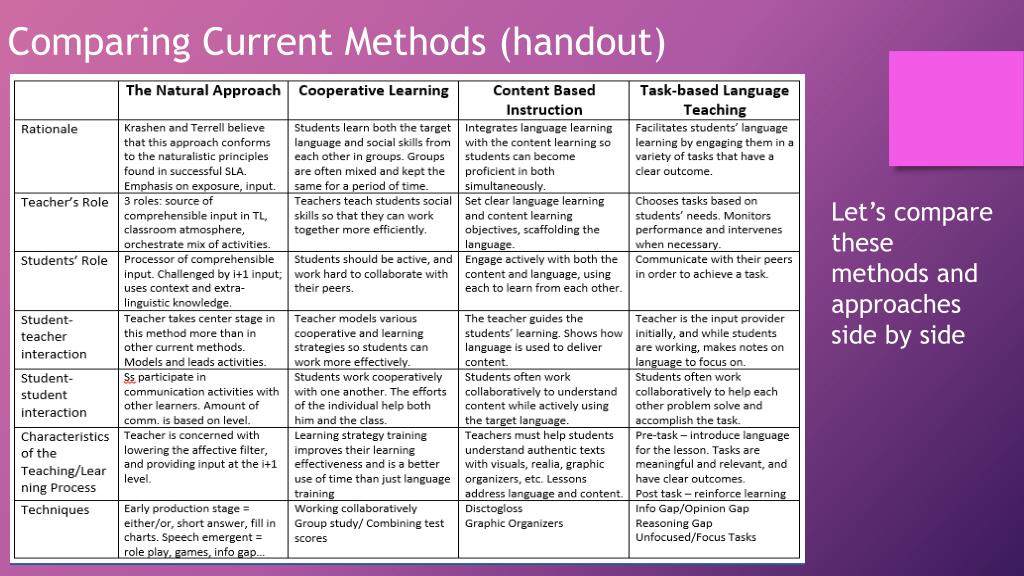
(three grades from low to high)
Neuroticism nine1116 Extraversion Openness Friendliness Integrity Keys for NEO - FFI (60 Vopr.)
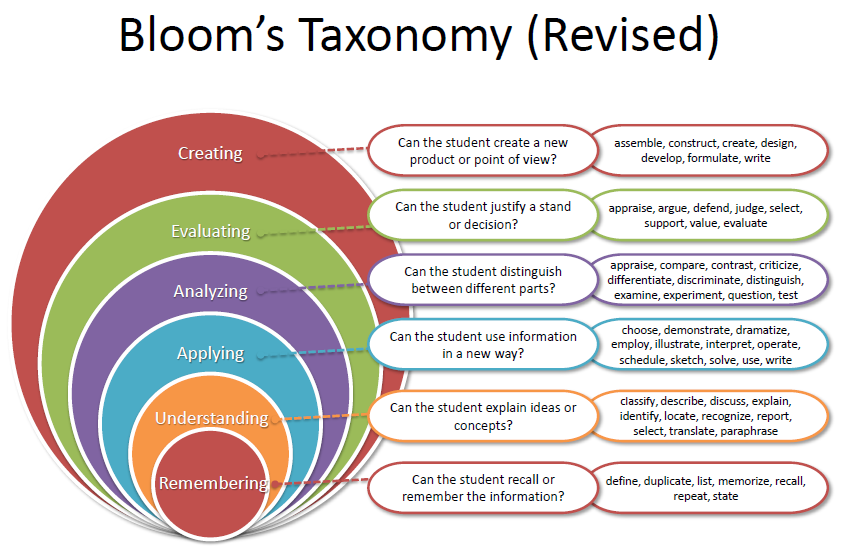 nine1116
nine1116
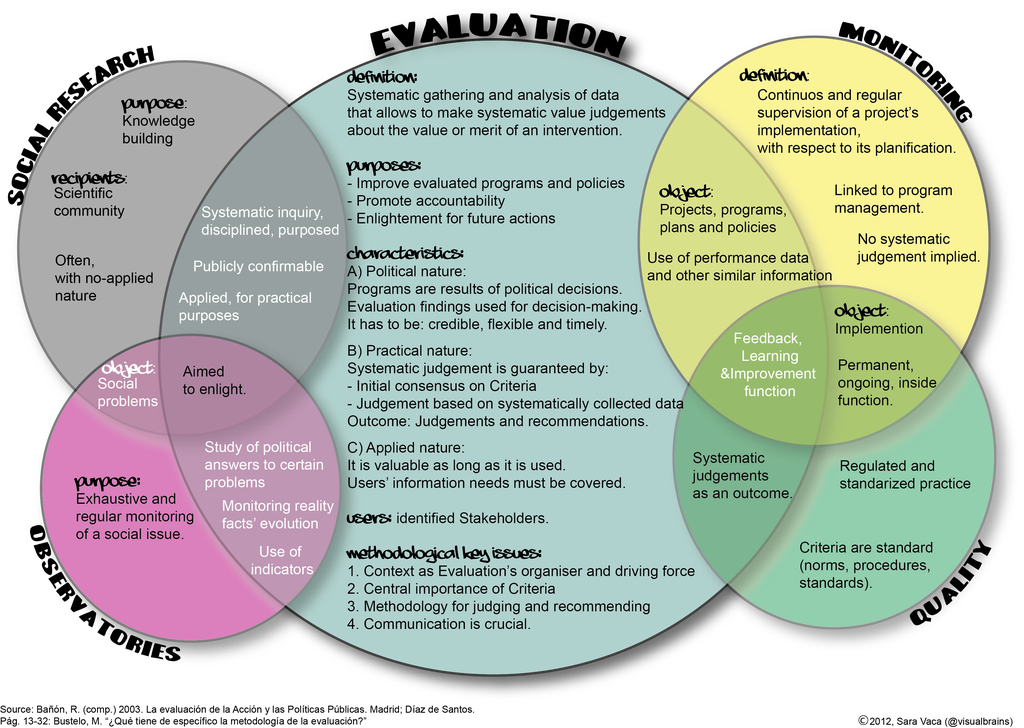
Questions marked with (-) are inverted questions. The calculation is according to the proposed table:
| PNS | NS | B | C | PS | |
| + | 0 | 1 | 2 | nine0133 34 | |
| - | 4 | 3 | 2 | 1 | 0 |
Conditional-Normal indicators:
Neurotism 19+\-7
Extroversion 32+\-7
Openness to experience 30+\-6
Televiation to a agreement 30+ \ -6
CONFIDENCE 32+\-8
As you can see, manually processing the results of this test is not easy (and it is one of the easiest tests). That is why, in order to make a highly reliable portrait of a person, they turn to a professional. And for self-diagnosis, simpler and more affordable methods are usually used. nine0003
That is why, in order to make a highly reliable portrait of a person, they turn to a professional. And for self-diagnosis, simpler and more affordable methods are usually used. nine0003
Take the Self-Esteem Test
Take the Test What kind of sales manager am I
Take the test Who am I?
Children's diagnostic methods
Do you want to know more about yourself, better understand yourself? Or do you want to get feedback about your employees? - Take advantage of an individual consultation with a psychologist and a coach.
More articles on my Instagram page
Leave a request on the site and we will contact you.
Personality assessment (GDP) - Psychologos
In many industrialized countries, objective assessment of individual differences, especially differences in cognitive and intellectual abilities, is widely used. In elementary schools, children are often placed into classes based on how well they do on tests. Giftedness or aptitude tests are part of the admissions process at many colleges and most vocational and higher education institutions. In addition, many industry and government agencies recruit, assign, and promote employees based on testing data. nine0003
Giftedness or aptitude tests are part of the admissions process at many colleges and most vocational and higher education institutions. In addition, many industry and government agencies recruit, assign, and promote employees based on testing data. nine0003
Interests, aptitudes and personality tests are also familiar to most of us. By helping students choose careers, counselors will be able to suggest better choices if they know something about the student other than their academic performance. When selecting candidates for senior positions, employers often want to know their communication style, ability to cope with stress, etc. What treatment would be most successful for a person with emotional disorders, or how to help the rehabilitation of a released felon - all this requires an objective assessment of individual differences. In addition to practical applications, these assessment methods are essential to the theory and research of individual differences. Indeed, some personality scholars (see Chapter 13) have developed assessment methods suited to the characteristics of their approaches.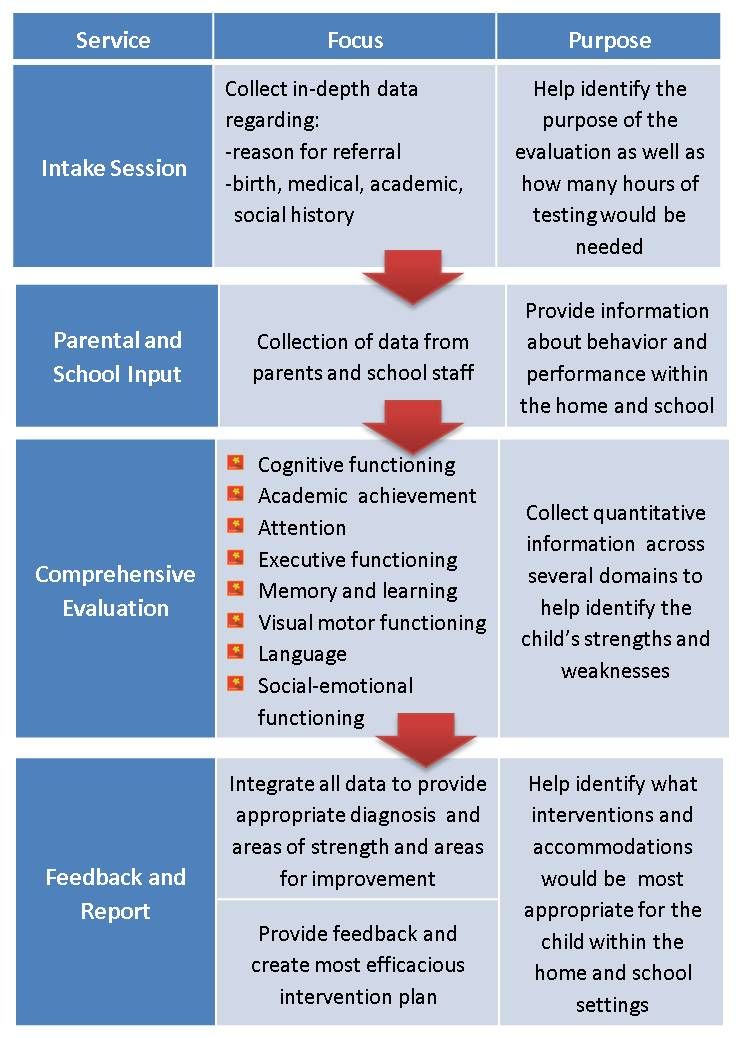 nine0003
nine0003
Personality assessment
Personality can be defined as a distinctive and characteristic pattern of thought, emotion and behavior that shapes an individual's personal style of interaction with his physical and social environment. When asked to describe someone's personality in everyday life, we tend to use terms that describe personality traits, such as adjectives such as intelligent, extroverted, conscientious, etc. Personality psychologists have long tried to develop formal methods for describing and measuring personality, systematizing the ways we describe personality traits that we use in everyday life. In particular, they try to go beyond everyday concepts of personality traits in three ways. First, they seek to reduce the potential set of terms for traits to a reasonably small set that would cover the full diversity of the human personality. Second, they try to make sure that their methods of measuring personality characteristics are reliable and valid. Finally, thirdly, they conduct empirical research to uncover links between various personality traits, as well as between personality characteristics and specific behaviors.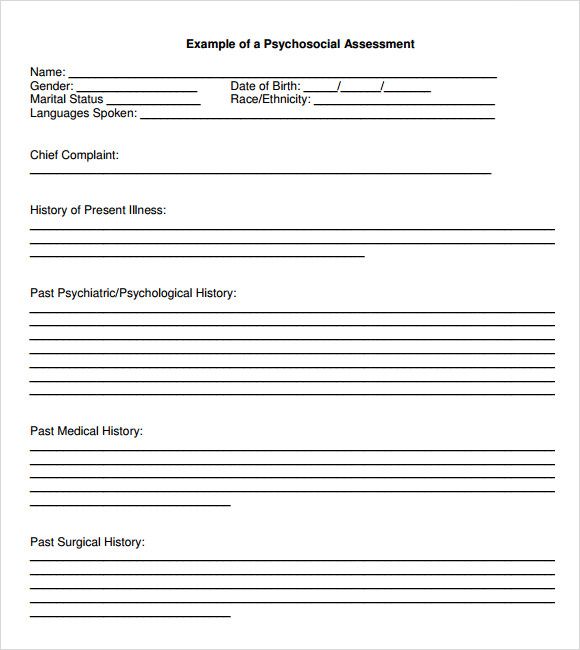 nine0003
nine0003
For a comprehensive but reasonable list of personality traits, you can look into a dictionary. For in the course of its evolution, language encodes most, if not all, of the important distinctions between individuals that matter in everyday life. Language embodies the experience of a culture, and a complete dictionary is the written reflection of that experience. In the 1930s, two personality psychologists actually made such an attempt and went through the complete dictionary. They found approximately 18,000 behavioral words, almost 5% of the English vocabulary. They then reduced the list to about 4,500 terms, discarding obscure words and synonyms. Finally, they divided this list into psychologically relevant subsets (Allport & Odbert, 1936).
Fig. 12.1. Personal factors according to Eysenck. The figure shows the two main factors identified by Eysenck and others in studies of the intercorrelation of personality traits through factor analysis. The stable-unstable axis reflects the neuroticism factor; the introvert-extrovert axis reflects the extraversion factor.
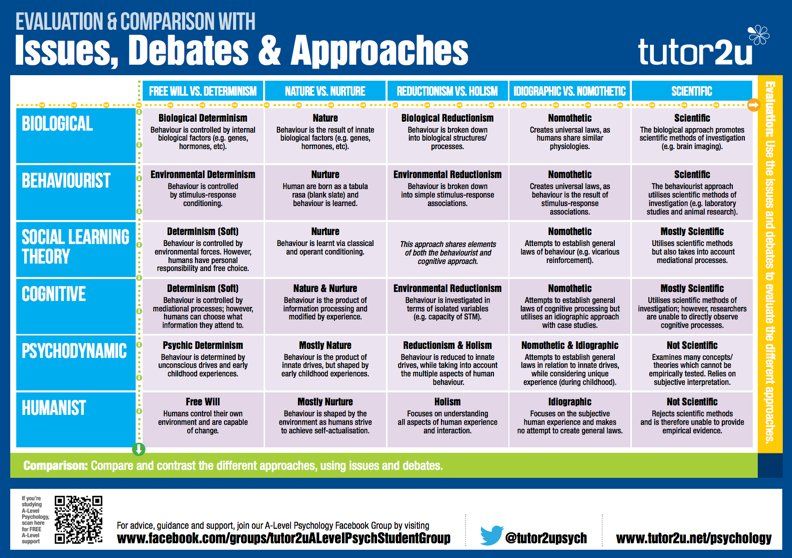 Other terms arranged in a circle show the relationship of other personality traits to these two factors (after: Eysenck & Rachman, 1965).
Other terms arranged in a circle show the relationship of other personality traits to these two factors (after: Eysenck & Rachman, 1965). Subsequently, scientists have used these terms to obtain personal assessments of the individual. Peers who know the individual well were asked to evaluate him on a certain basis using the scaling method. The rater might be asked, for example, to rate a person on friendliness using a 7-point scale ranging from "not at all friendly" to "very friendly". Often such scales were labeled with two dots, denoting opposite traits, such as "powerful-submissive" or "conscientious-unreliable." Individuals could also be asked to rate themselves on these scales. nine0003
For example, Raymond Cattell (1966, 1957) first reduced the Allport-Odbert list to less than 200 terms and then obtained peer and self-report scores. After that, he applied the method of factor analysis described above to determine how many personality factors can describe the resulting pattern of correlations between ratings.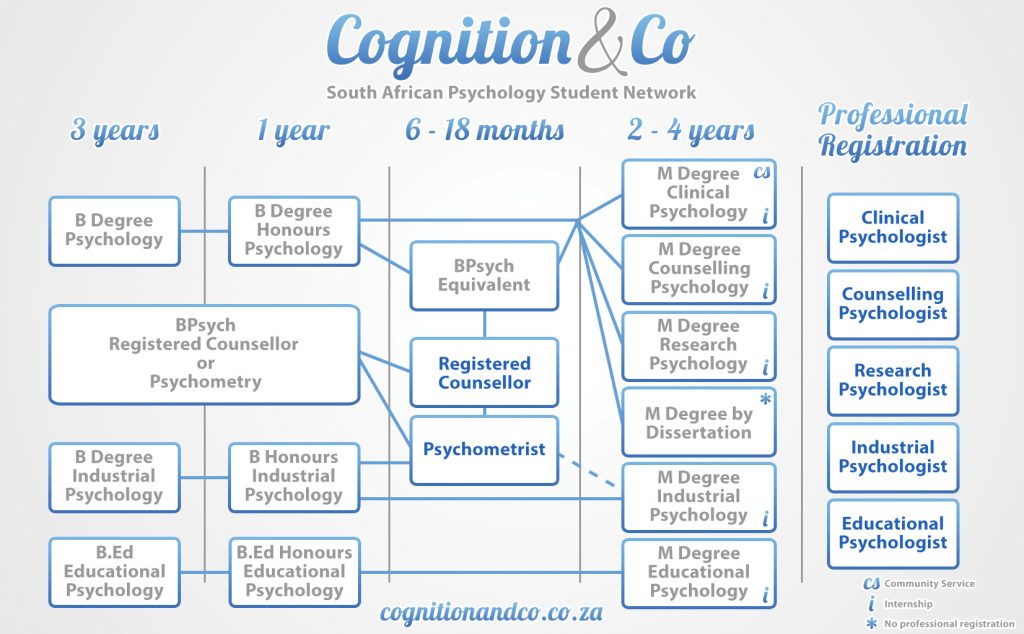 His analysis yielded 16 factors. A similar procedure was used by the British psychologist Hans Eysenck, who obtained two personality factors: introversion-extroversion (a parameter first introduced by the psychoanalyst Carl Jung) and emotional stability-instability, which he called neuroticism (Eysenck, 1953). (Eysenck has also proposed a third parameter, but it has not been as well accepted and explored as the other two [Eysenck & Eysenck, 1976]). Introversion-extraversion means how much a person is mainly oriented inward, to himself, or outward, to the outside world. At the introverted extreme of this scale are individuals who are shy and prefer to work alone; they tend to withdraw into themselves, especially during times of emotional stress or conflict. At the extravertive pole are individuals who are sociable and prefer an occupation that allows them to work directly with other people; in times of stress, they seek company. Neuroticism (stability-instability) is a parameter of emotionality, on the neurotic, or unstable, pole of which there are individuals who are gloomy, anxious, temperamental and ill-adjusted, and on the other, stable, pole - calm, well-adapted individuals.
His analysis yielded 16 factors. A similar procedure was used by the British psychologist Hans Eysenck, who obtained two personality factors: introversion-extroversion (a parameter first introduced by the psychoanalyst Carl Jung) and emotional stability-instability, which he called neuroticism (Eysenck, 1953). (Eysenck has also proposed a third parameter, but it has not been as well accepted and explored as the other two [Eysenck & Eysenck, 1976]). Introversion-extraversion means how much a person is mainly oriented inward, to himself, or outward, to the outside world. At the introverted extreme of this scale are individuals who are shy and prefer to work alone; they tend to withdraw into themselves, especially during times of emotional stress or conflict. At the extravertive pole are individuals who are sociable and prefer an occupation that allows them to work directly with other people; in times of stress, they seek company. Neuroticism (stability-instability) is a parameter of emotionality, on the neurotic, or unstable, pole of which there are individuals who are gloomy, anxious, temperamental and ill-adjusted, and on the other, stable, pole - calm, well-adapted individuals.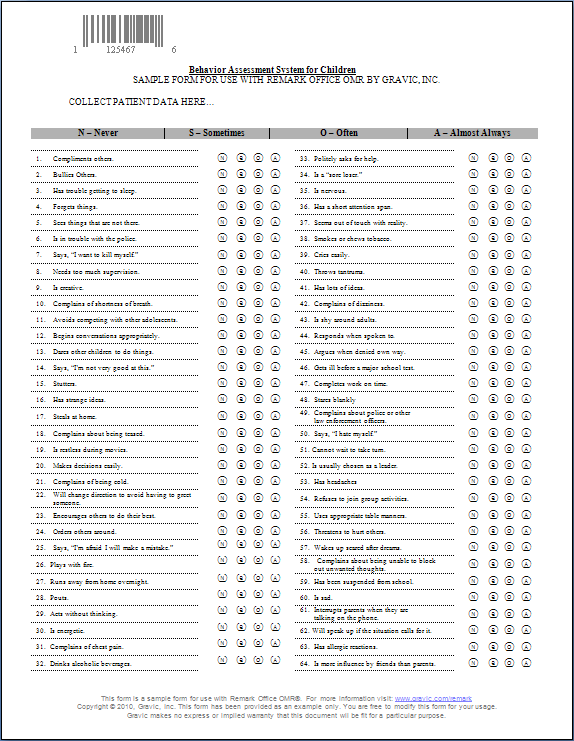 On fig. Figure 12.1 shows how these two parameters form a series of subfeatures associated with these factors. nine0003
On fig. Figure 12.1 shows how these two parameters form a series of subfeatures associated with these factors. nine0003
Personality Questionnaires
In most personality tests, the individual is not actually asked to rate themselves directly on personality dimensions. Instead, he is asked a series of questions about how he reacts to certain situations. For example, he may be asked to indicate how much he agrees or disagrees with the statement: "I often try new and imported food" or: "I really like most of the people I meet." Such questionnaires—called personality questionnaires—are similar to structured interviews in that they ask each person the same questions, and the answers are usually given in a form convenient for calculations, often with computer processing. Each item on the personality questionnaire is designed to exemplify a particular personality trait, and subsets of scores for similar items are summed to obtain a score for each scalable trait. For example, the item "I often try new and imported food" refers to the "Openness to experience" scale, which is included in one of the questionnaires designed to measure the "big five"; the item "I really like most of the people I meet" refers to the "Extrovert" scale. nine0003
nine0003
Items on most personality questionnaires are first compiled according to the developer's theoretical views on each personality trait, and then in the final questionnaire they are left or discarded depending on whether they correlate or do not correlate with other items for the same scale. Often, many test items are placed in a preliminary version of the questionnaire sent to many people. Individuals' responses are then subjected to factor analysis to determine which subsets of items are correlated and whether those subsets are indeed on the scale they were originally designed for. nine0003
Table 12.4. Five personality factors
The table lists 5 personality factors that reliably appear in factor analysis of data obtained from a wide variety of assessment methods. Pairs of adjectives serve as examples of the scales characterizing each factor (according to: McCrae & Costa, 1987).
Q-class
There is one special method of measuring personality traits called Q-classification (Q-sort; the letter Q in the name is chosen arbitrarily and does not mean anything).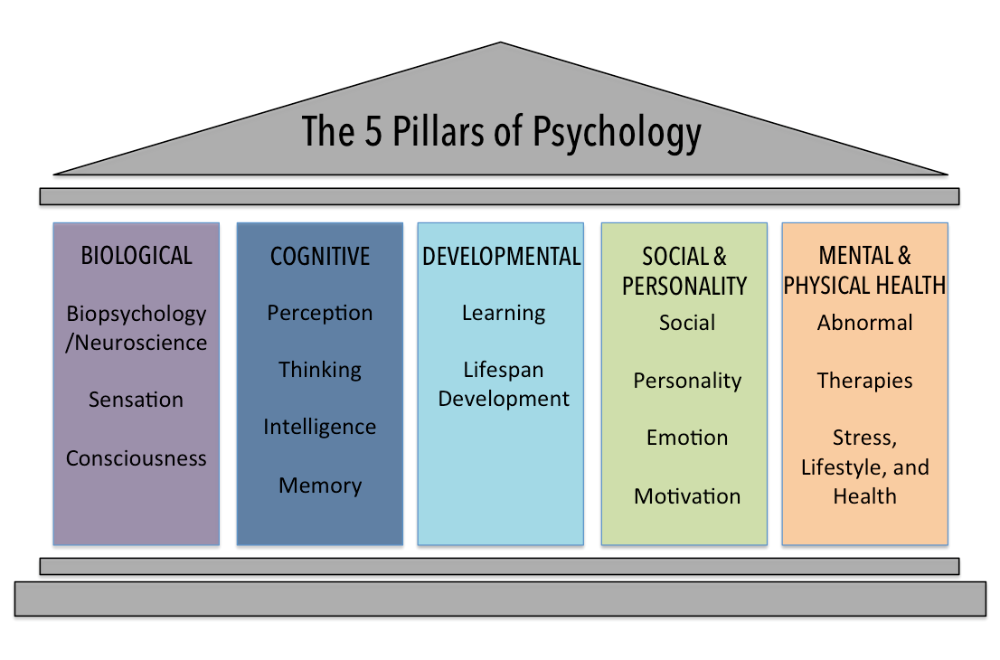 In this method, the evaluator, or sorter, compiles a description of an individual's personality by sorting about 100 cards into piles. Each card contains a statement about the individual (for example: "Has a wide range of interests" or "He is his own enemy"). The evaluator sorts the cards by 9piles, placing those cards that least relate to the individual in pile 1 on the left, and those that characterize him best in pile 9 on the right. Other cards are distributed to intermediate piles, and those that are both characteristic and non-characteristic are put aside in the middle pile (pile 5). Thus, each statement Q is assigned a number ranging from 1 to a higher number means that this statement is more characteristic of this person. (Some Q-classifications use less than or greater than 9heaps, but the principle is the same.)
In this method, the evaluator, or sorter, compiles a description of an individual's personality by sorting about 100 cards into piles. Each card contains a statement about the individual (for example: "Has a wide range of interests" or "He is his own enemy"). The evaluator sorts the cards by 9piles, placing those cards that least relate to the individual in pile 1 on the left, and those that characterize him best in pile 9 on the right. Other cards are distributed to intermediate piles, and those that are both characteristic and non-characteristic are put aside in the middle pile (pile 5). Thus, each statement Q is assigned a number ranging from 1 to a higher number means that this statement is more characteristic of this person. (Some Q-classifications use less than or greater than 9heaps, but the principle is the same.)
At first glance it seems that there are no differences from the procedure in which the evaluator ranks a set of personal qualities on a 9-point scale. Indeed, at the request of the researcher, such a ranking can be applied.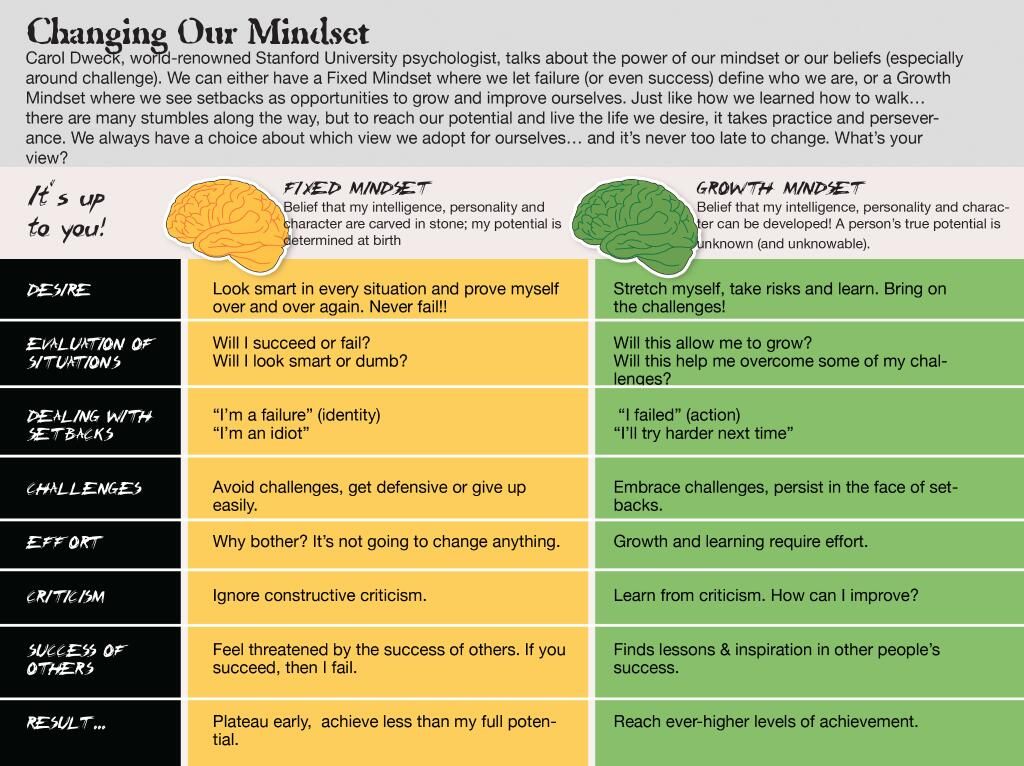 But there is an important difference. When filling in the rating scales, the rater implicitly compares this individual with others (for example, the rating "very friendly" means that this individual is very friendly in comparison with other individuals). When conducting a Q-classification, the evaluator explicitly compares each quality with other qualities of the same individual (for example, placing the “friendly” card in a pile of 9means that, compared with other qualities, friendliness stands out as especially characteristic of this individual).
But there is an important difference. When filling in the rating scales, the rater implicitly compares this individual with others (for example, the rating "very friendly" means that this individual is very friendly in comparison with other individuals). When conducting a Q-classification, the evaluator explicitly compares each quality with other qualities of the same individual (for example, placing the “friendly” card in a pile of 9means that, compared with other qualities, friendliness stands out as especially characteristic of this individual).
Minnesota Multiphasic Personality Inventory (MMPI)
A completely different test design method, called the criterion anchoring method, was used in the development of the most popular of all personality questionnaires, the Minnesota Multiphasic Personality Inventory (MMPI). The MMPI was originally developed as a variant of the blank-type psychiatric interview (Hathaway & McKinley, 1943). It contains over 550 statements concerning tendencies, emotional reactions, physical and mental symptoms and experiences.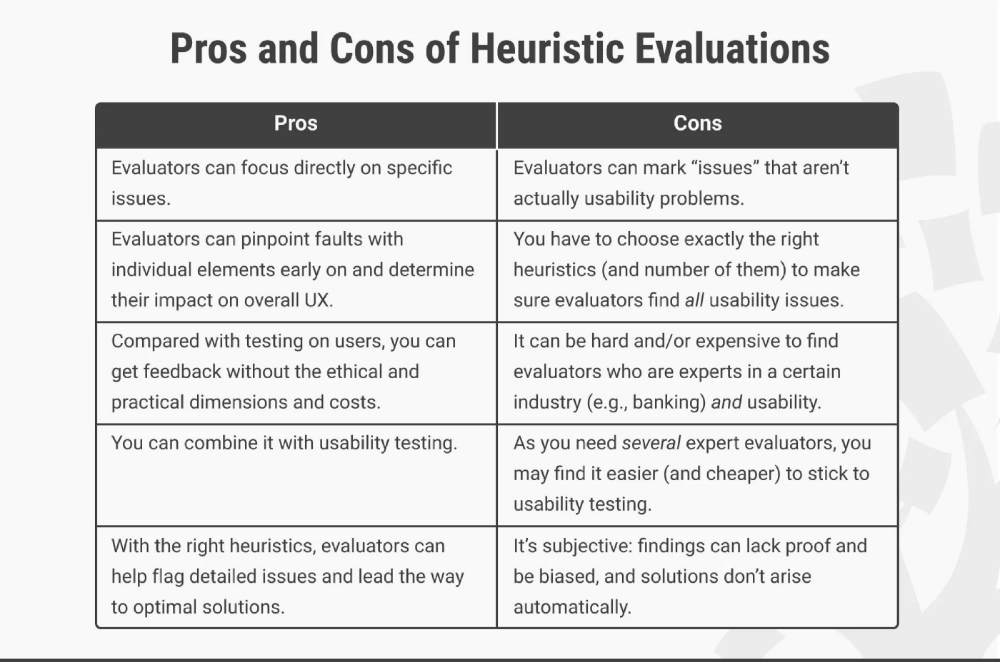
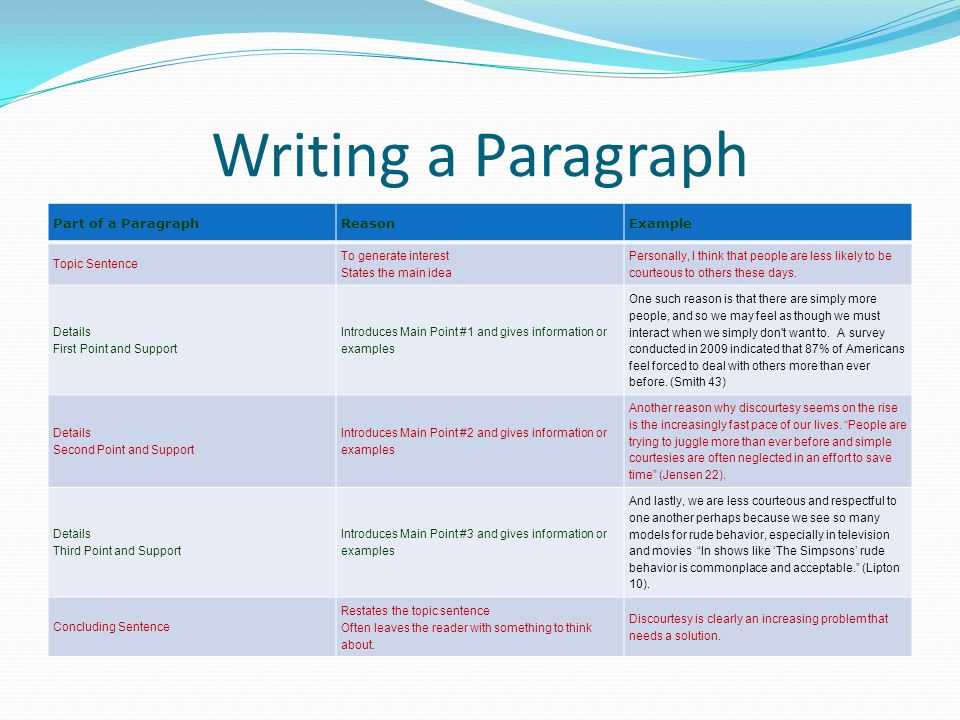 : 111,111 9/13/96
: 111,111 9/13/96 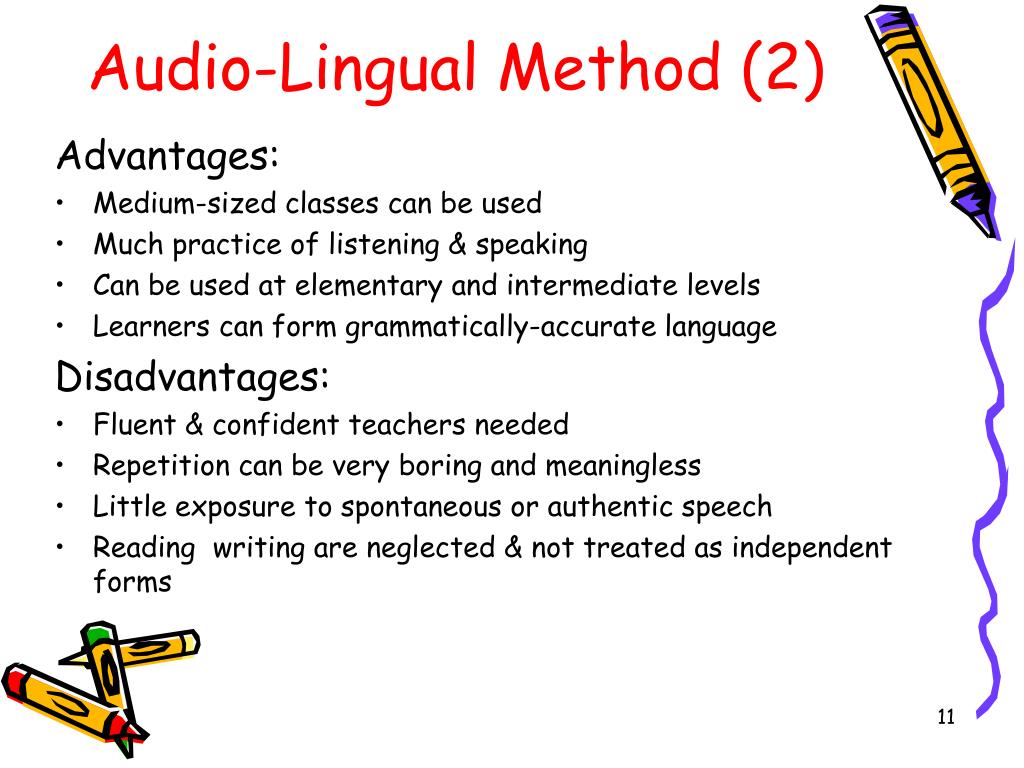 )
) 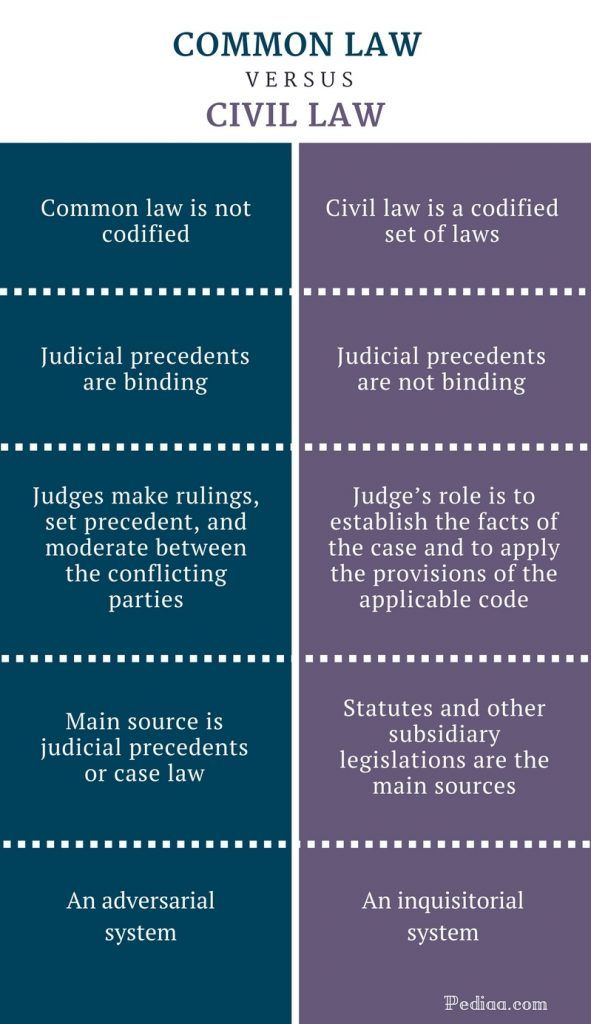 " This allows you to include the Mental Status Exam and the Clinical Interview as two of your procedures. This also helps communicate to referral sources that you do more than give some tests and copy interpretive statements out of a manual. It lets them know that your evaluation is a professional integration of information from a variety of sources. Be sure to also note who gave the tests and how long it took. These issues are important if a case ever goes to court.
" This allows you to include the Mental Status Exam and the Clinical Interview as two of your procedures. This also helps communicate to referral sources that you do more than give some tests and copy interpretive statements out of a manual. It lets them know that your evaluation is a professional integration of information from a variety of sources. Be sure to also note who gave the tests and how long it took. These issues are important if a case ever goes to court. 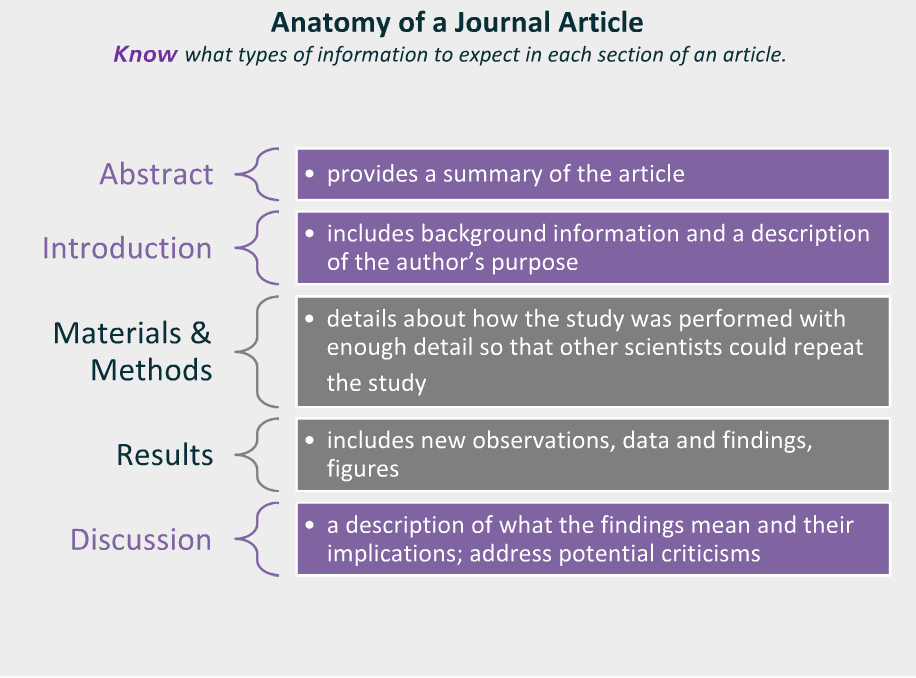 issues, if needed. Only include those issues that are relevant to the "questions" posed under "PURPOSE FOR EVALUATION." Excessive, unnecessary details will distract the reader from the case you are trying to build in support of your conclusions! Whenever possible, MAINTAIN CHRONOLOGICAL ORDER when presenting background information.
issues, if needed. Only include those issues that are relevant to the "questions" posed under "PURPOSE FOR EVALUATION." Excessive, unnecessary details will distract the reader from the case you are trying to build in support of your conclusions! Whenever possible, MAINTAIN CHRONOLOGICAL ORDER when presenting background information. 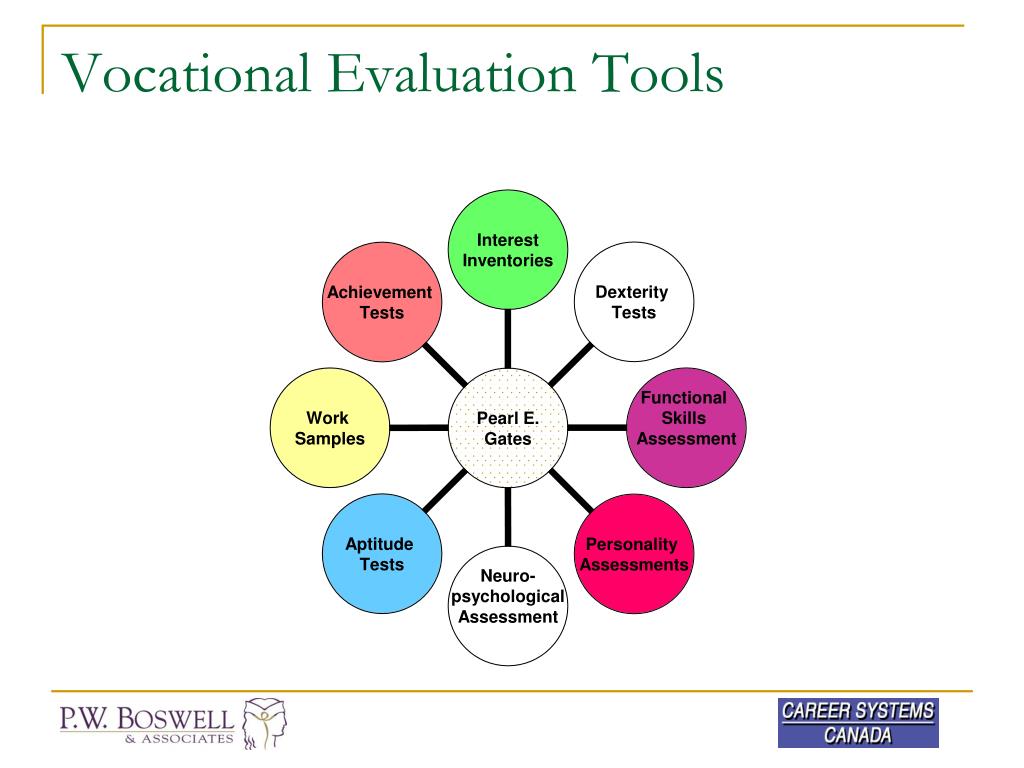 Let the reader get an idea of how the current admission compares to prior admissions and what specific events precipitated the current admission. End this section with a brief paragraph summarizing staff observations, patient behavior, level of motivation, etc. during the current admission. Keep in mind that objective observations by professional staff are one of your best sources of data. Conclude with a sentence indicating medications being taken at the time of testing.
Let the reader get an idea of how the current admission compares to prior admissions and what specific events precipitated the current admission. End this section with a brief paragraph summarizing staff observations, patient behavior, level of motivation, etc. during the current admission. Keep in mind that objective observations by professional staff are one of your best sources of data. Conclude with a sentence indicating medications being taken at the time of testing.  Social judgment appeared good, as evidenced by appropriate interactions with staff and other patients on the ward and by cooperative efforts to achieve treatment goals required for discharge.
Social judgment appeared good, as evidenced by appropriate interactions with staff and other patients on the ward and by cooperative efforts to achieve treatment goals required for discharge.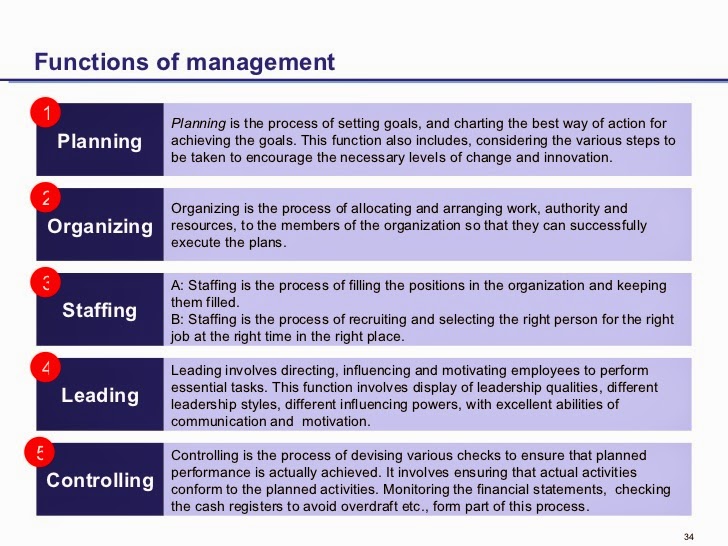
 Jones lost his job, as these appear to have partially precipitated the current psychotic exacerbation. Additionally, the patient will benefit from encouragement to explore the social and adaptive significance of his substance abuse history.
Jones lost his job, as these appear to have partially precipitated the current psychotic exacerbation. Additionally, the patient will benefit from encouragement to explore the social and adaptive significance of his substance abuse history.

